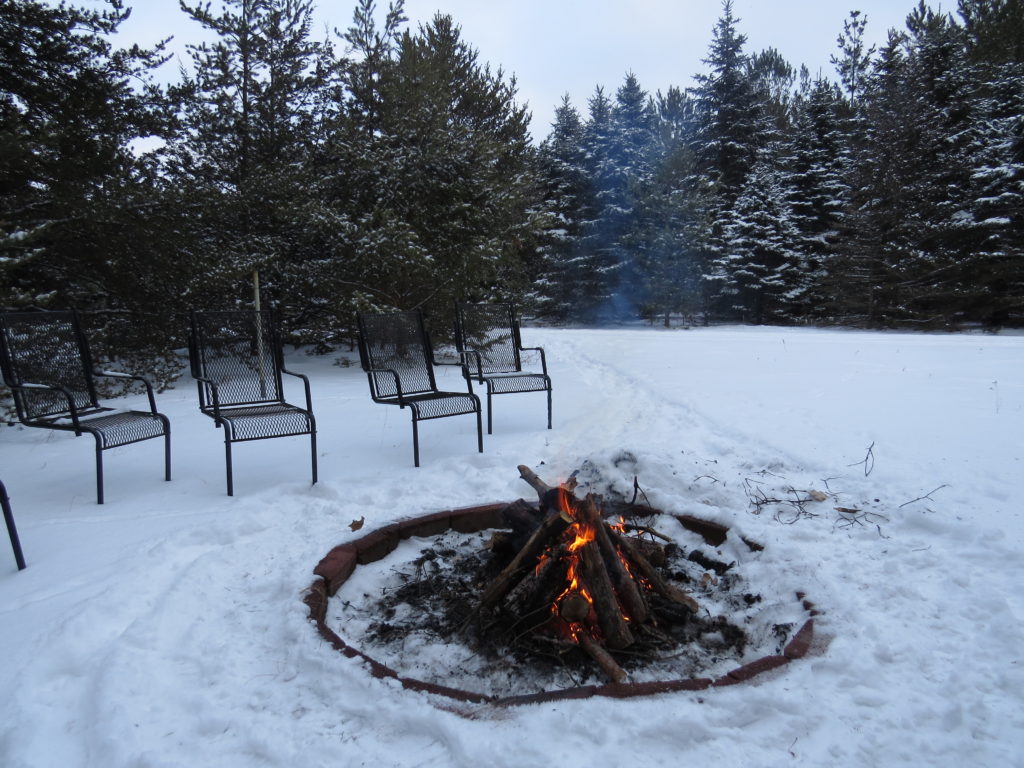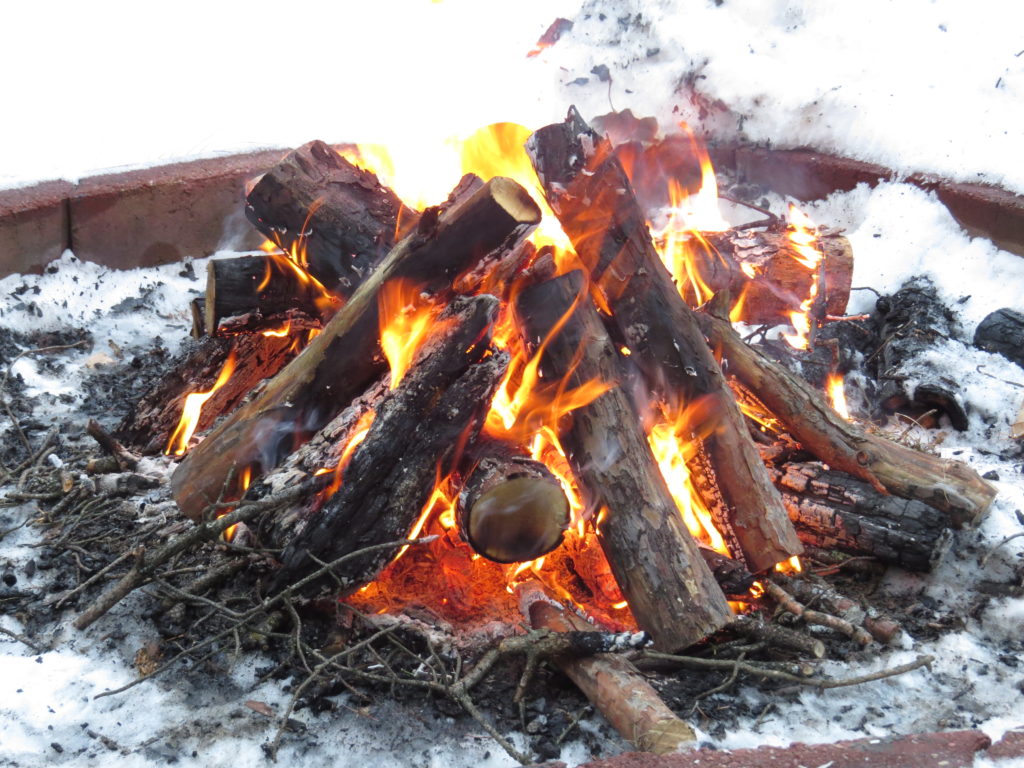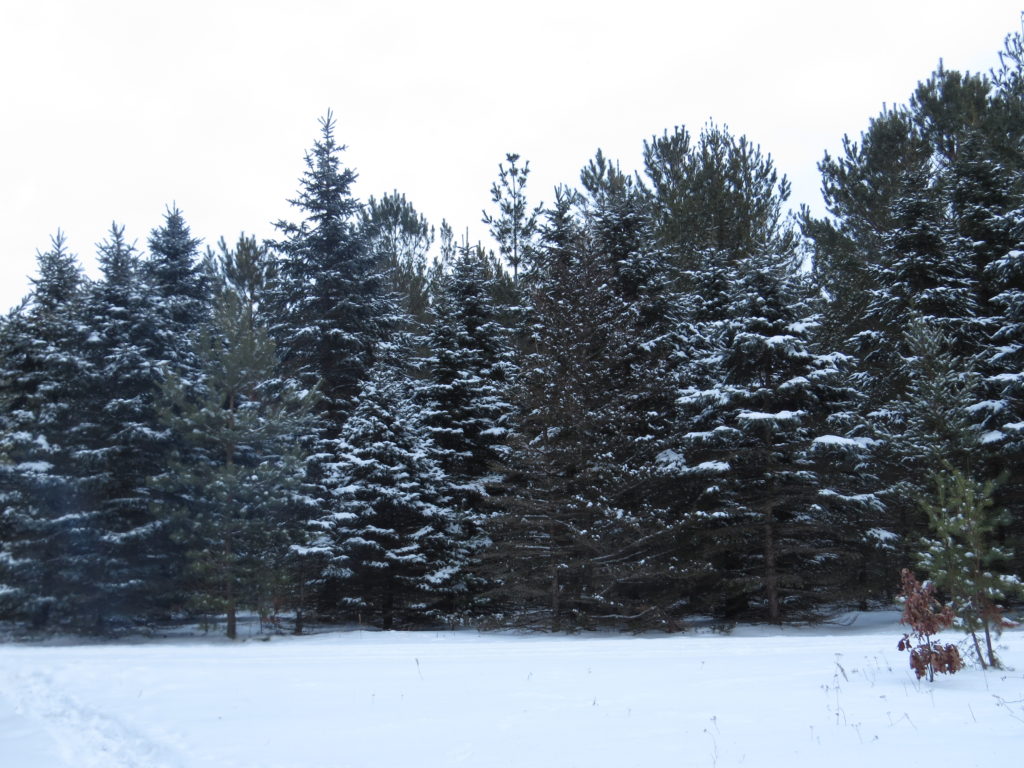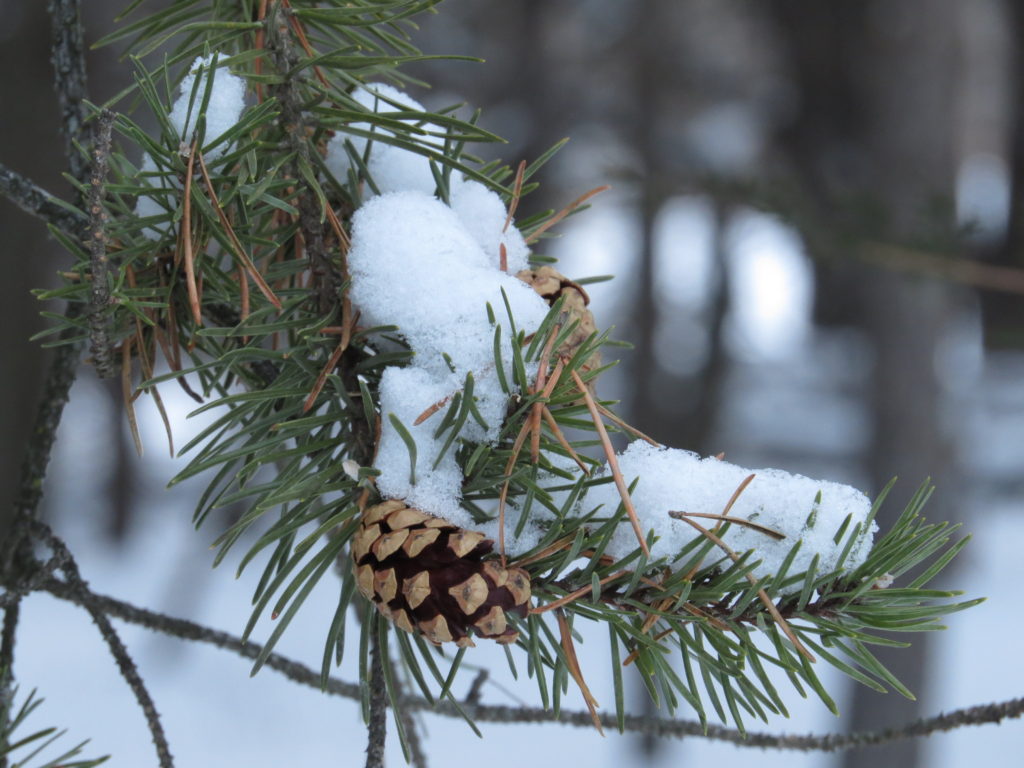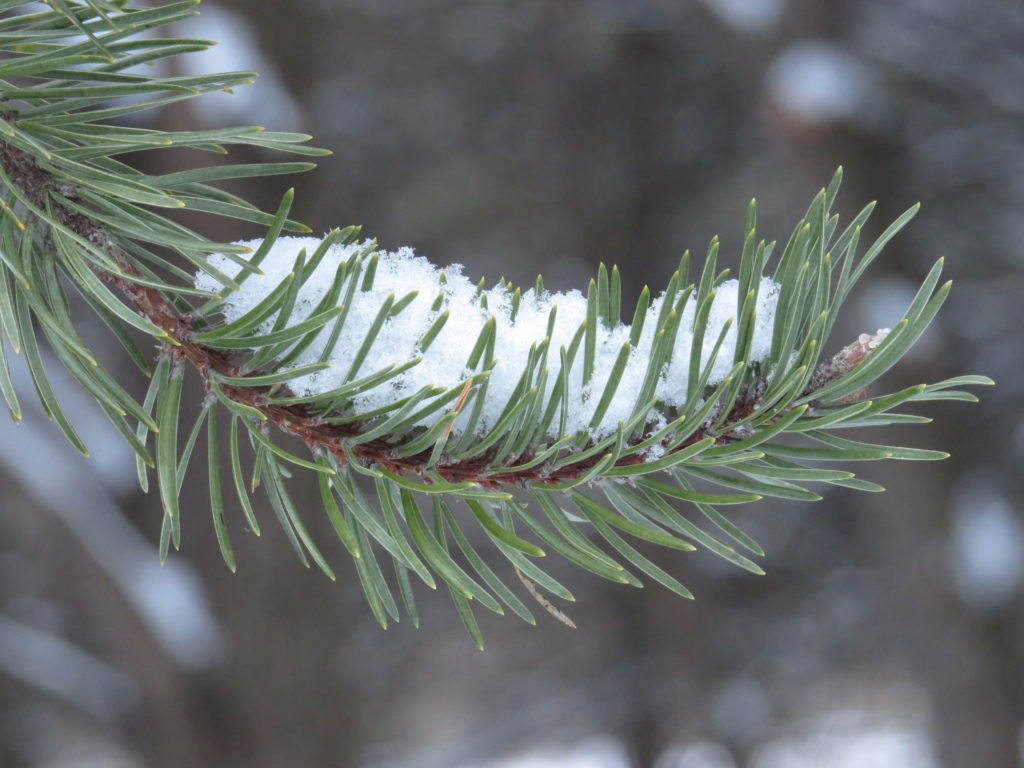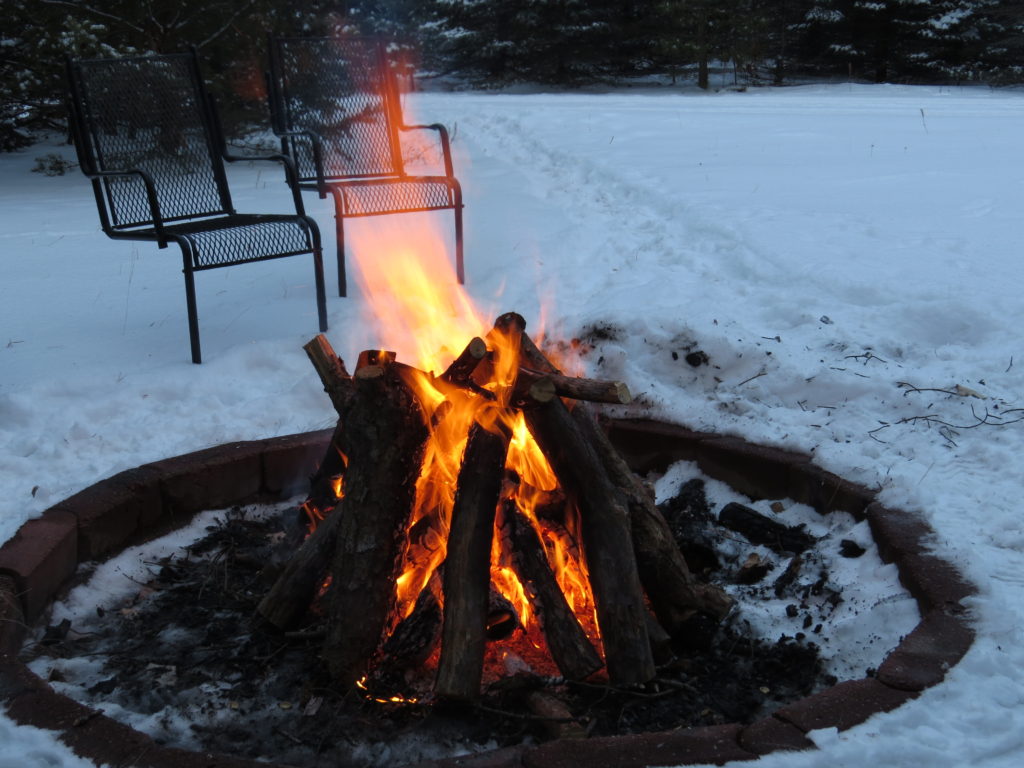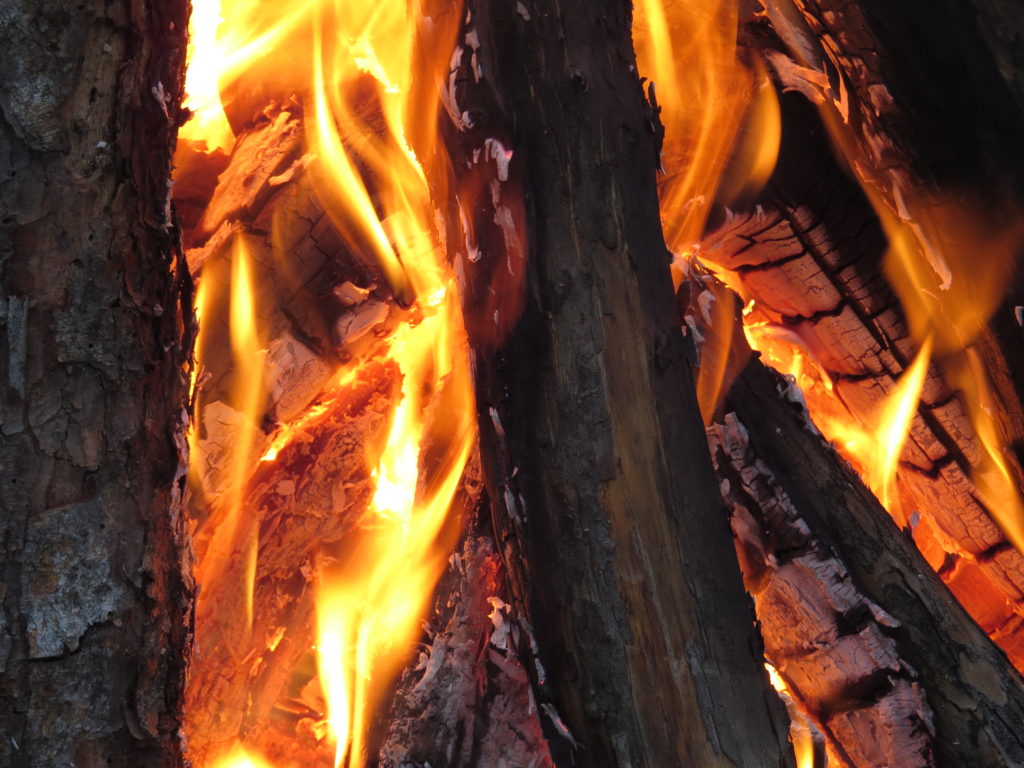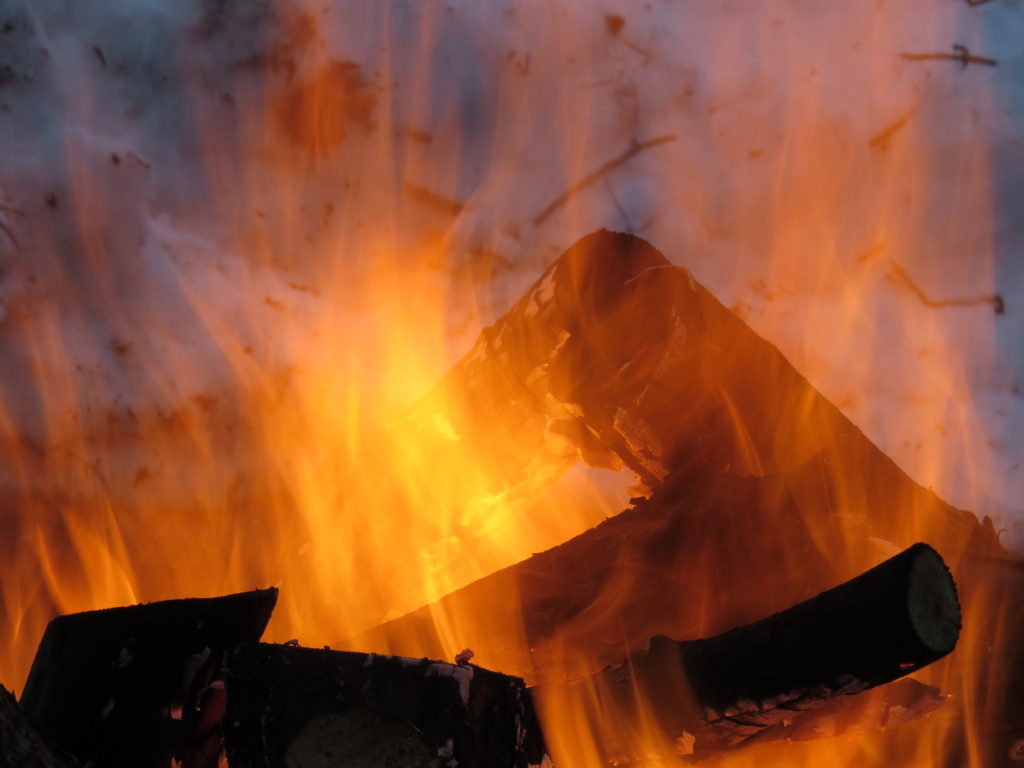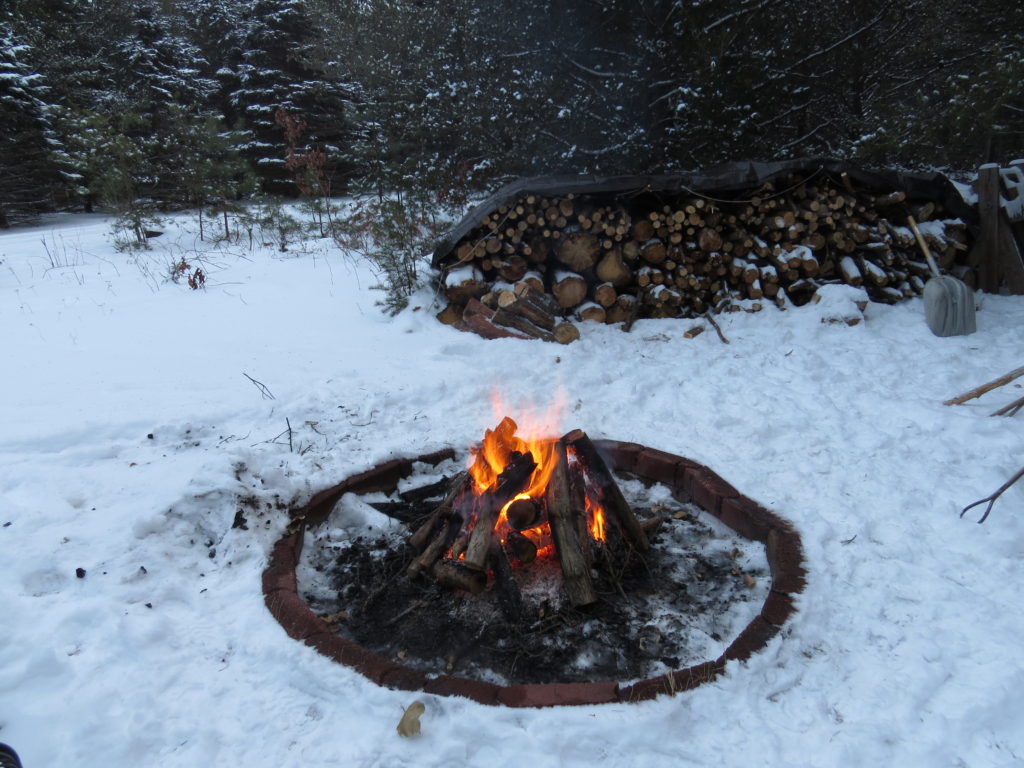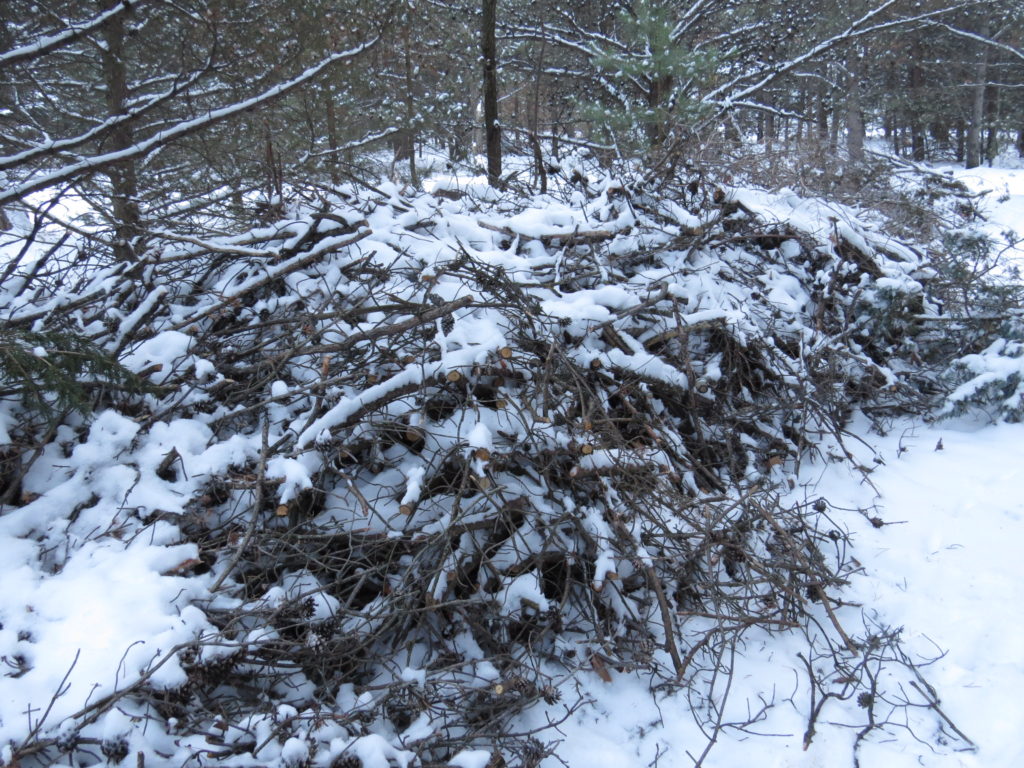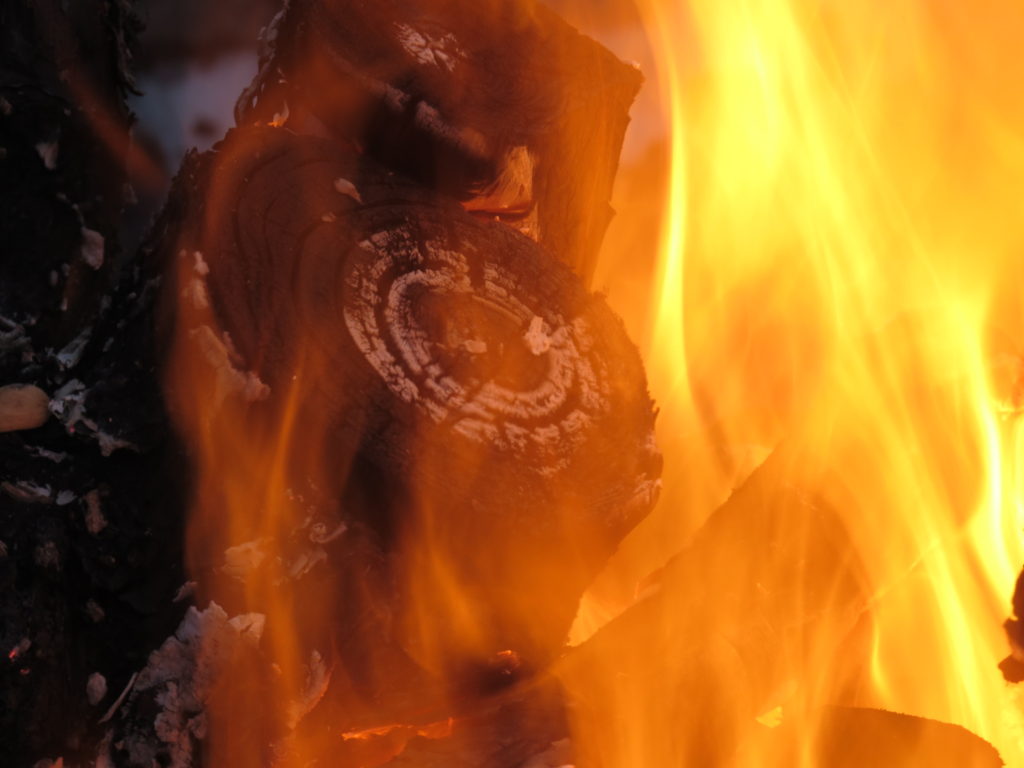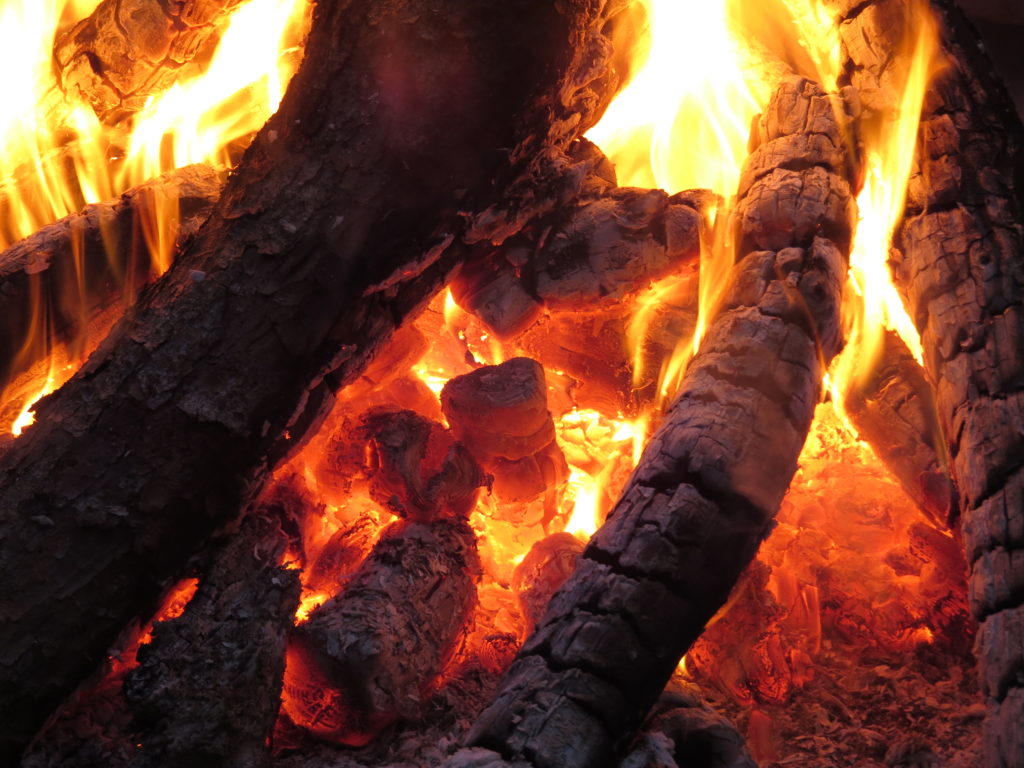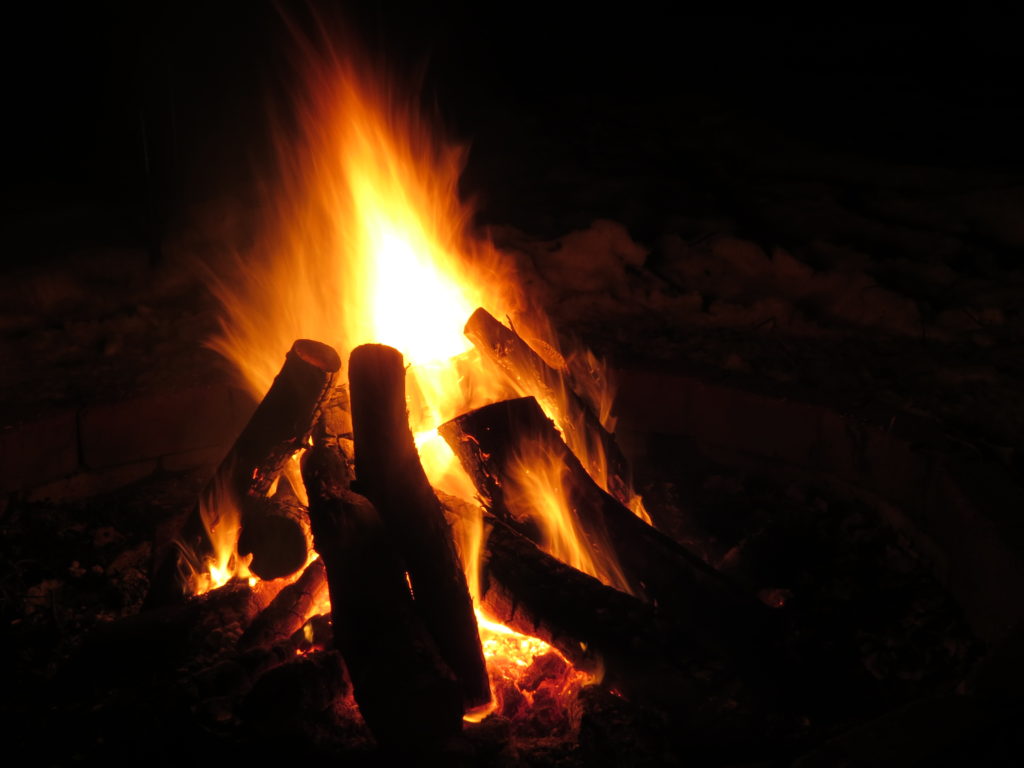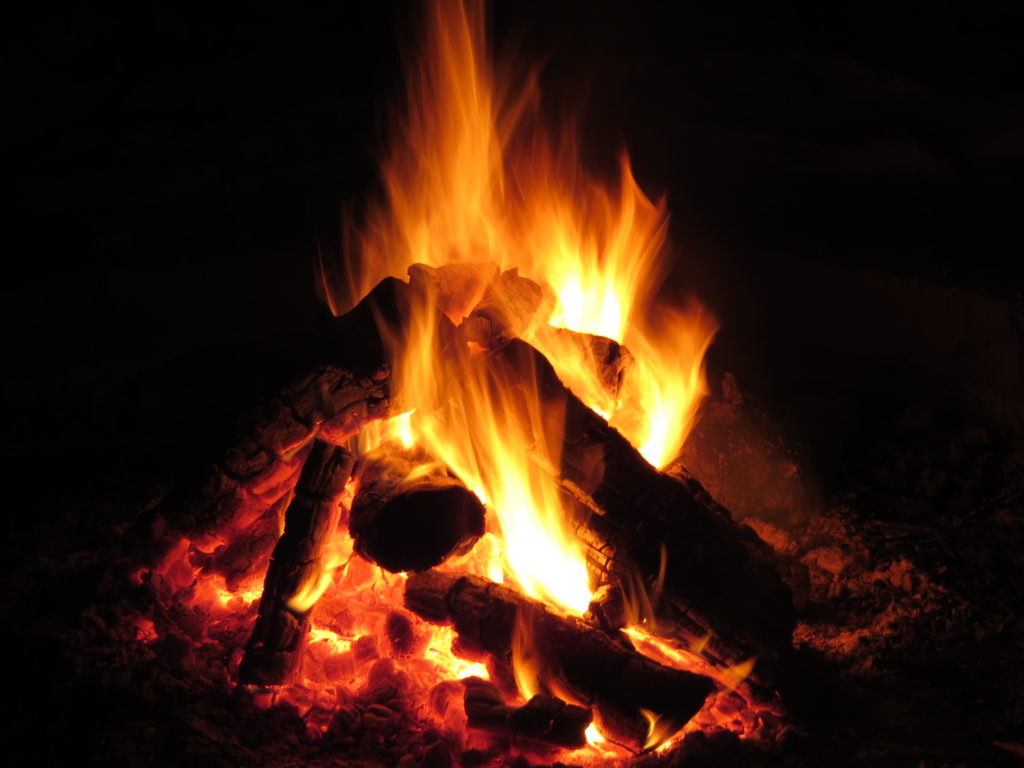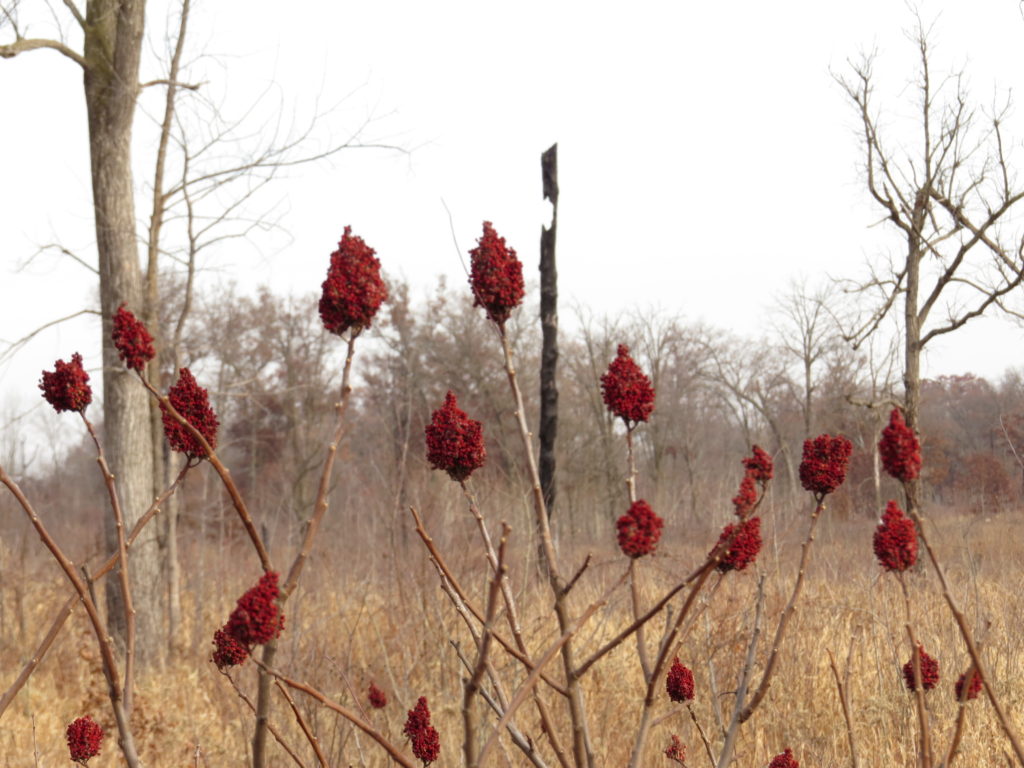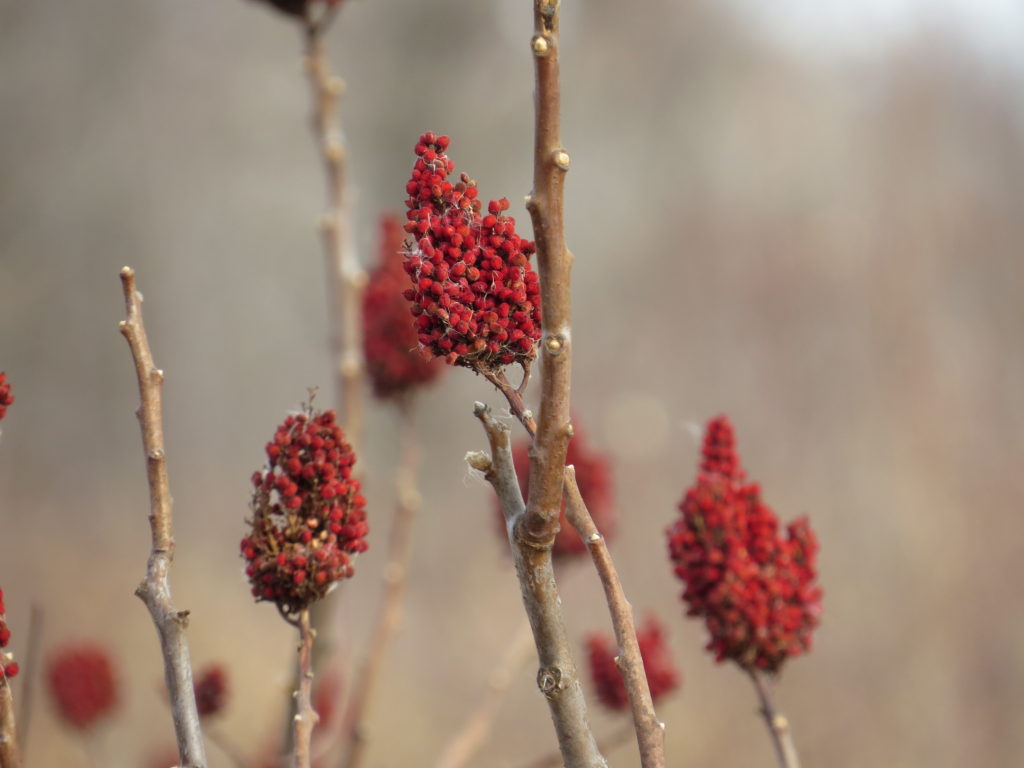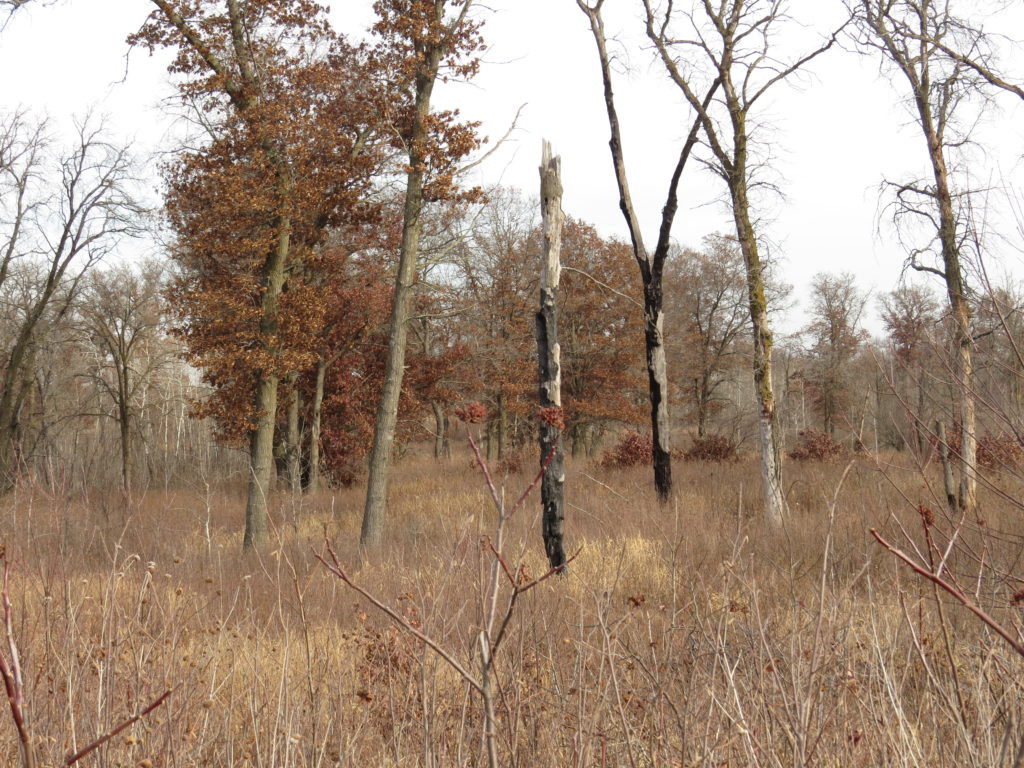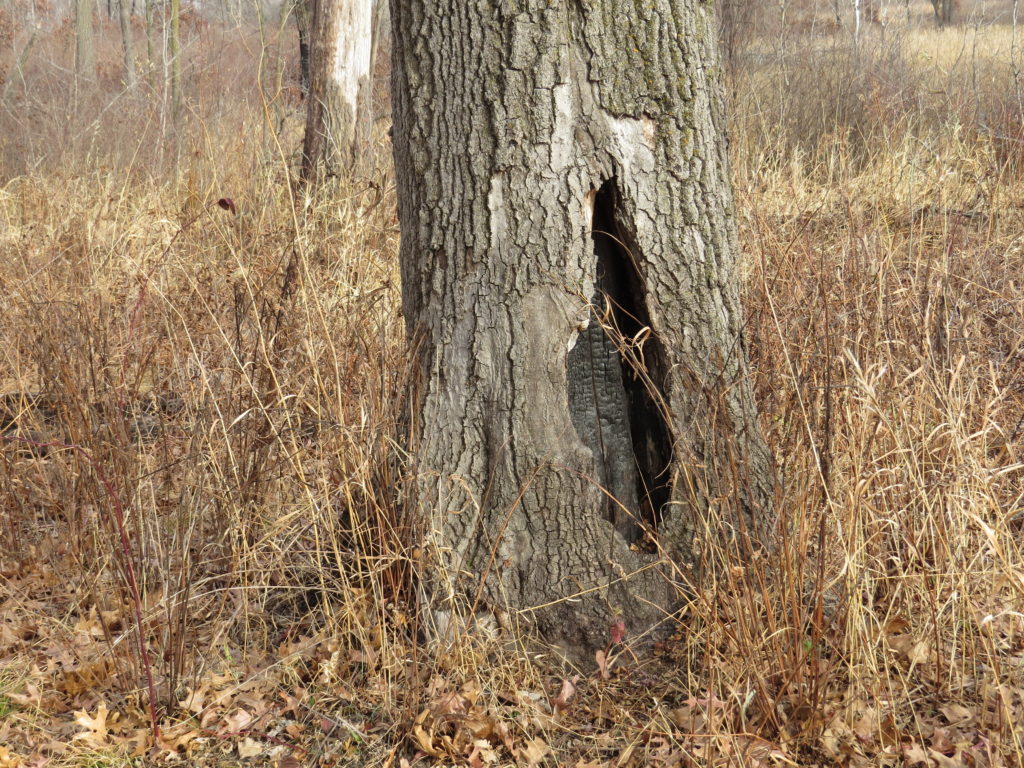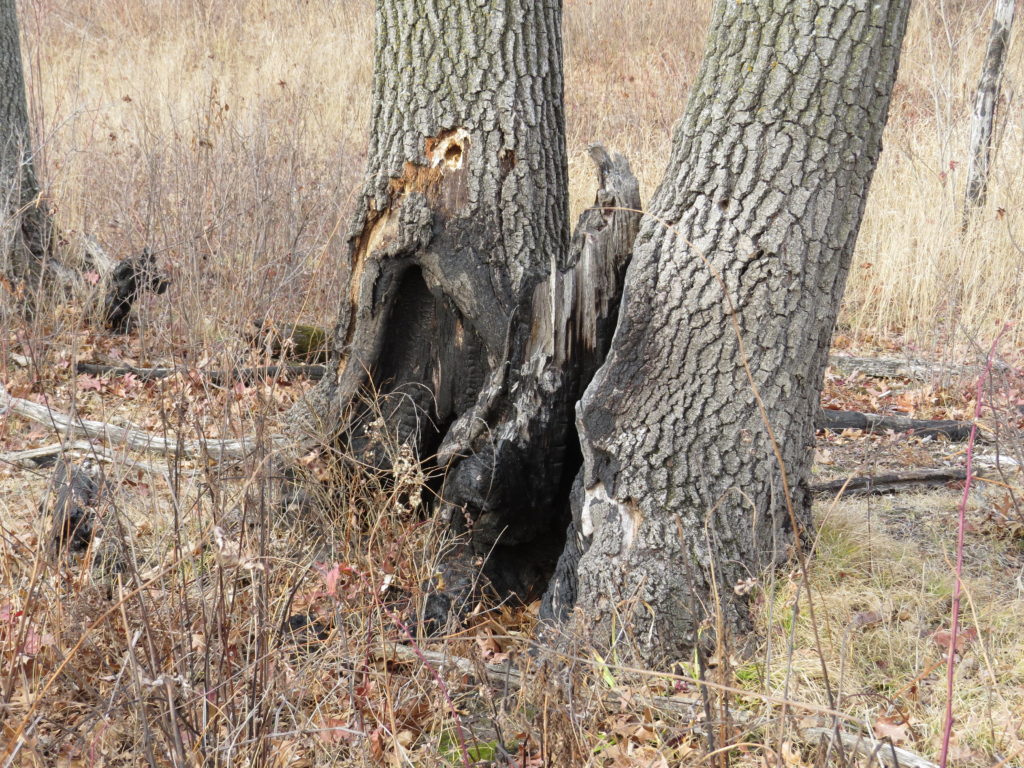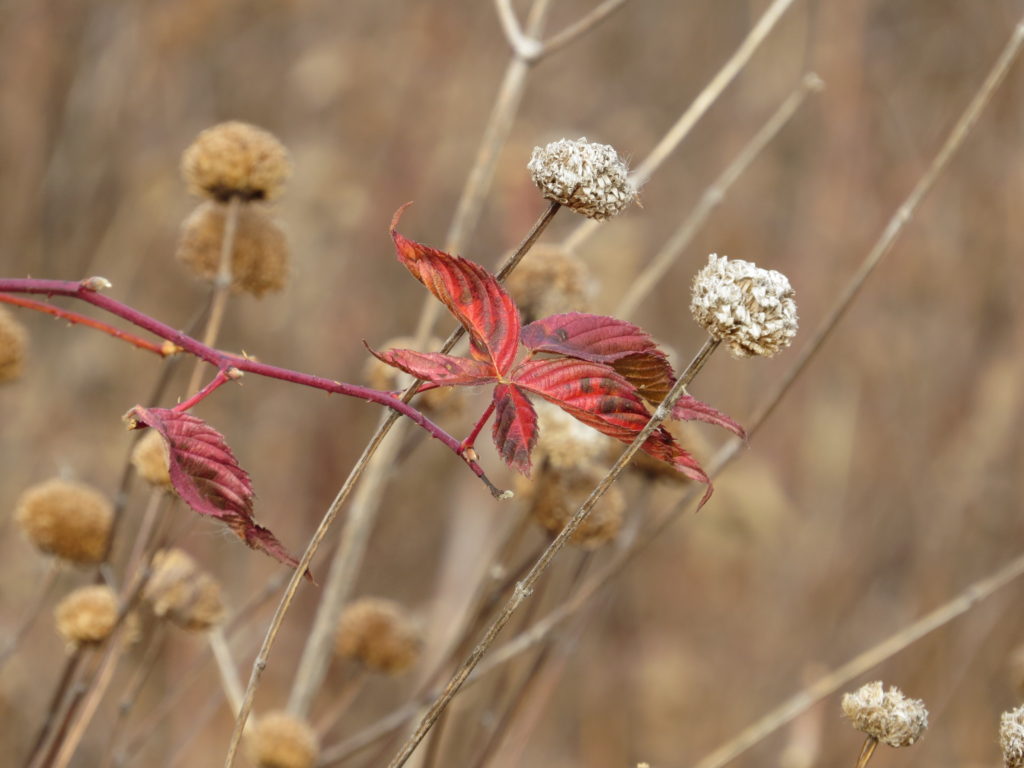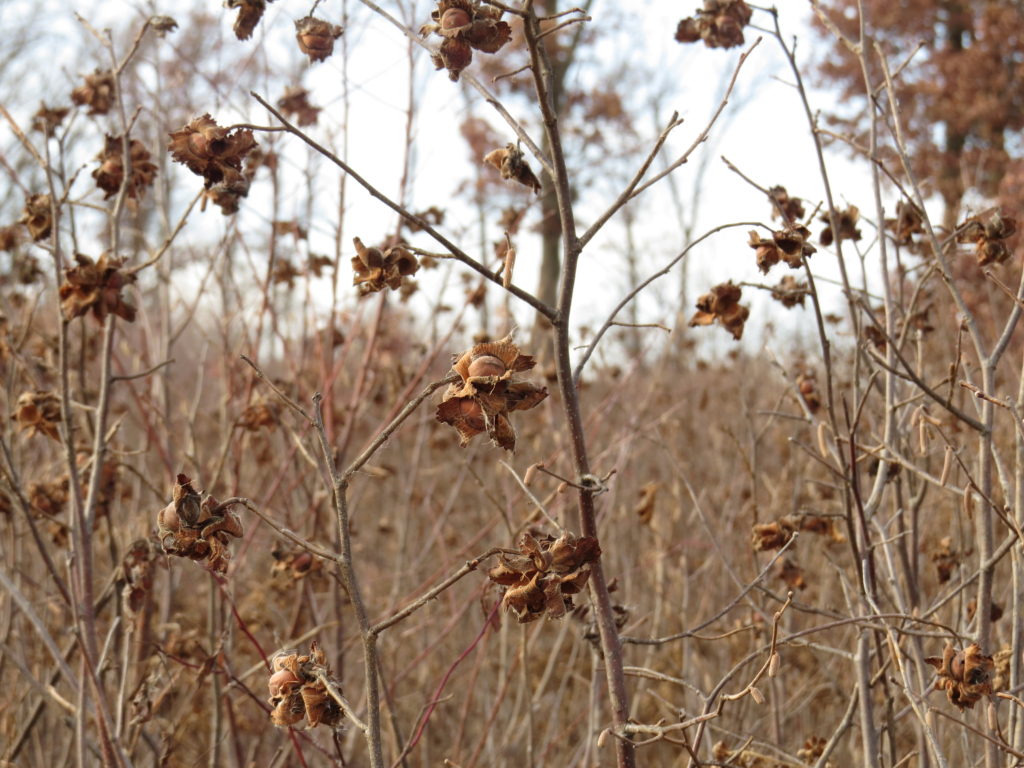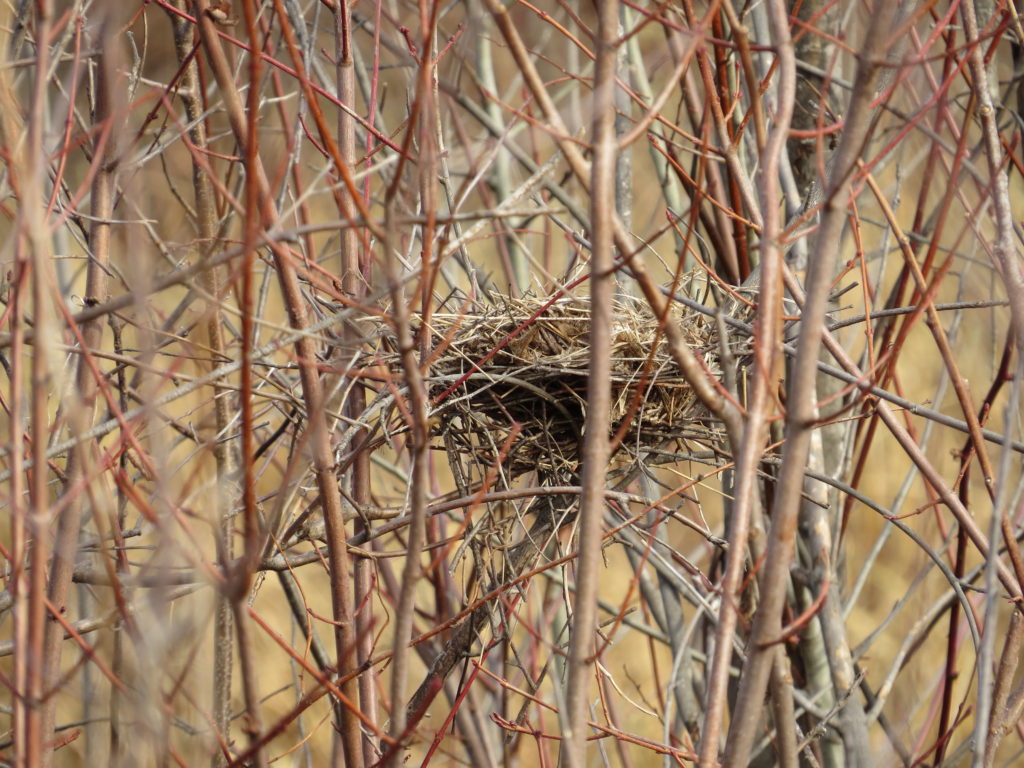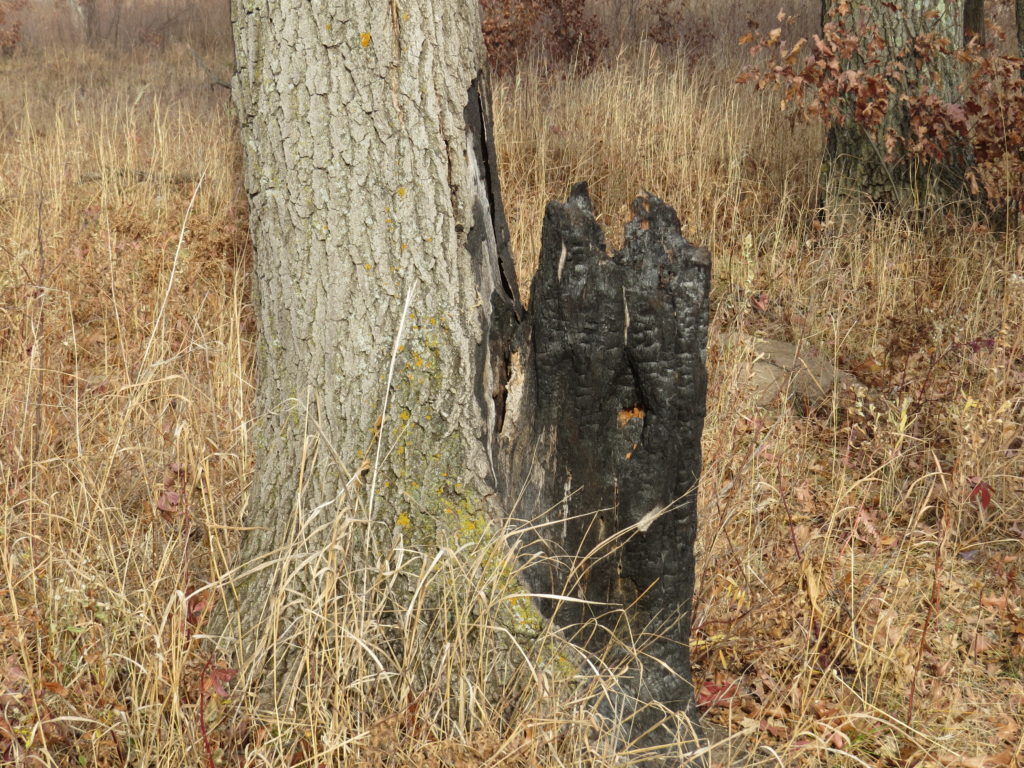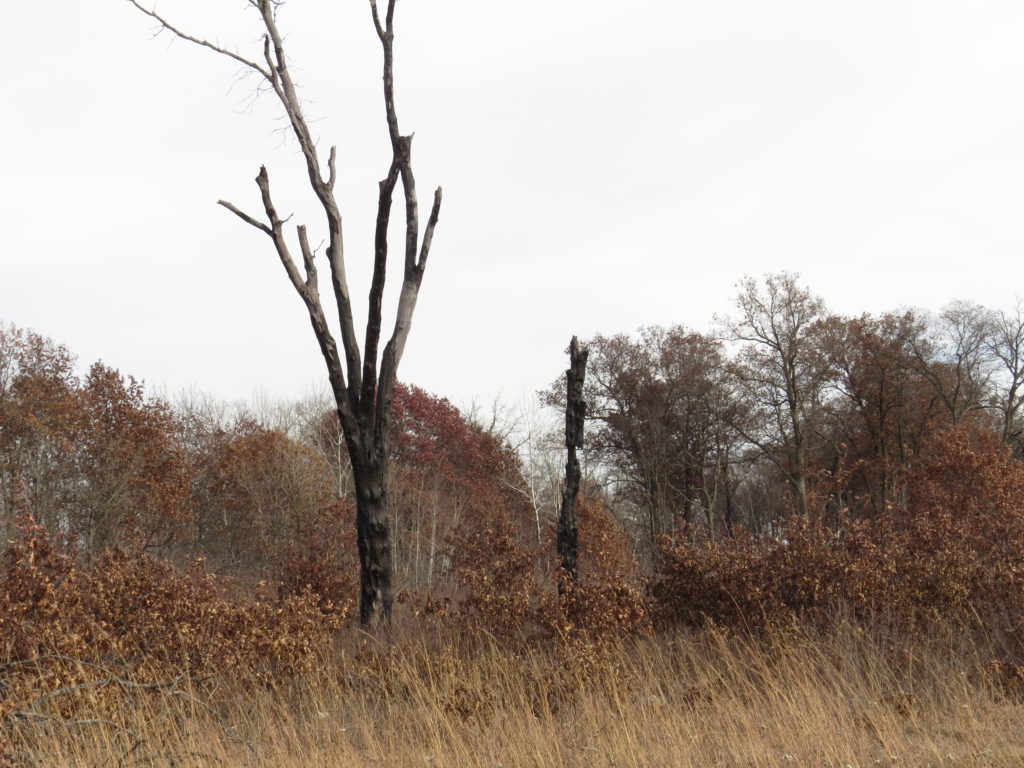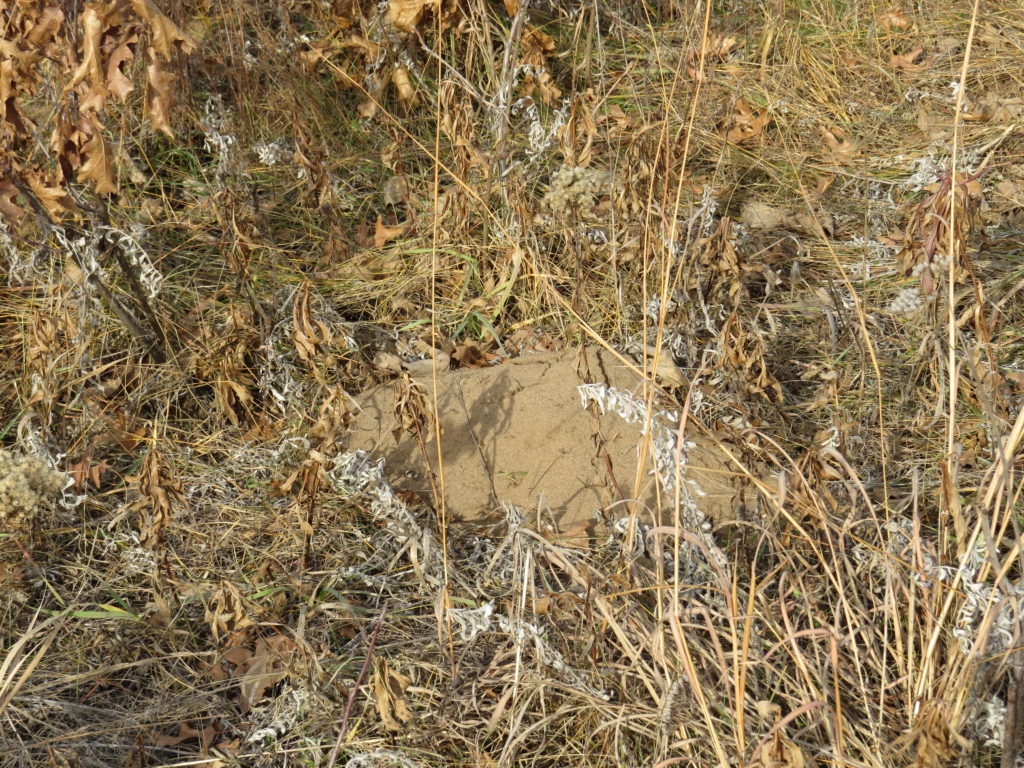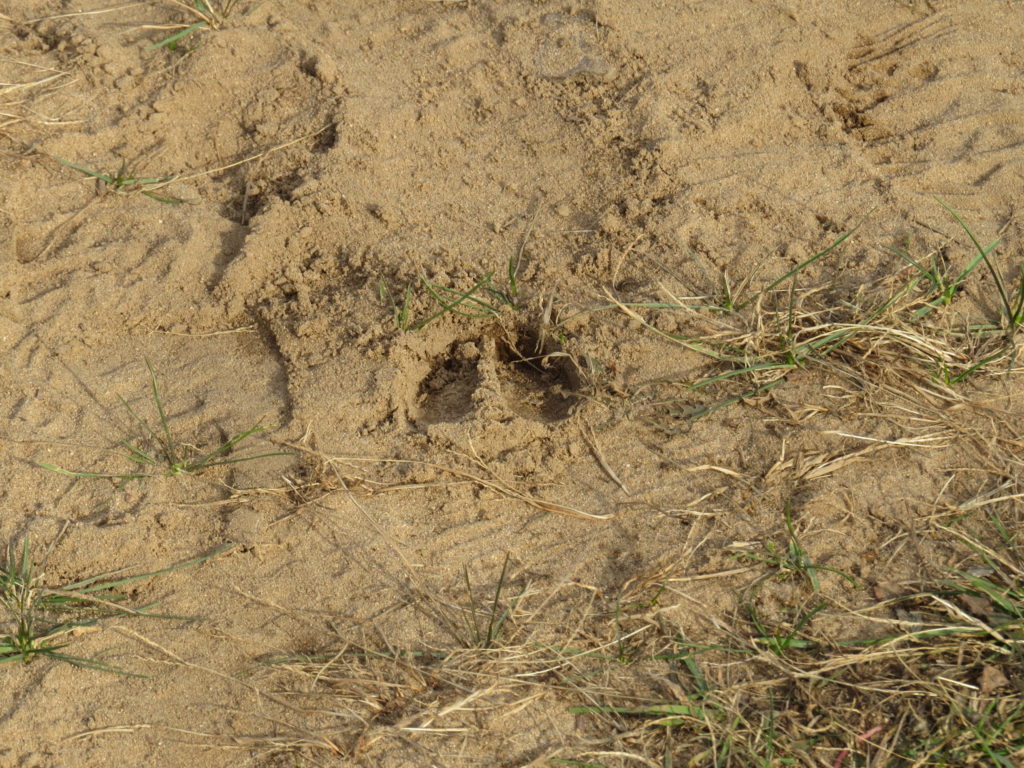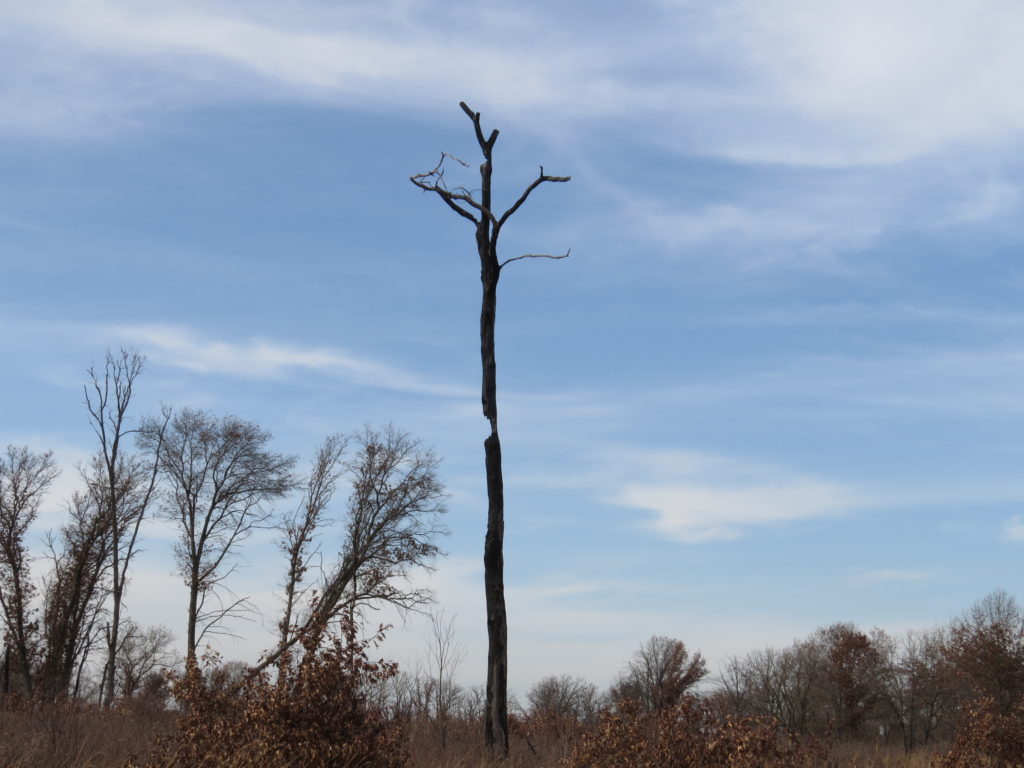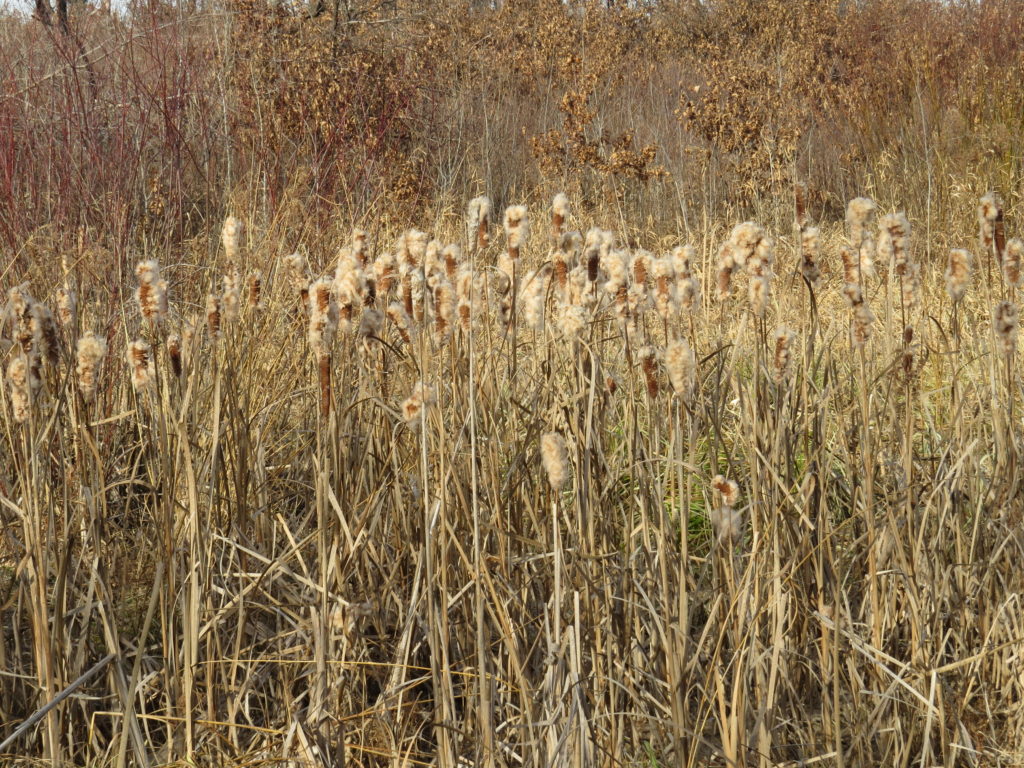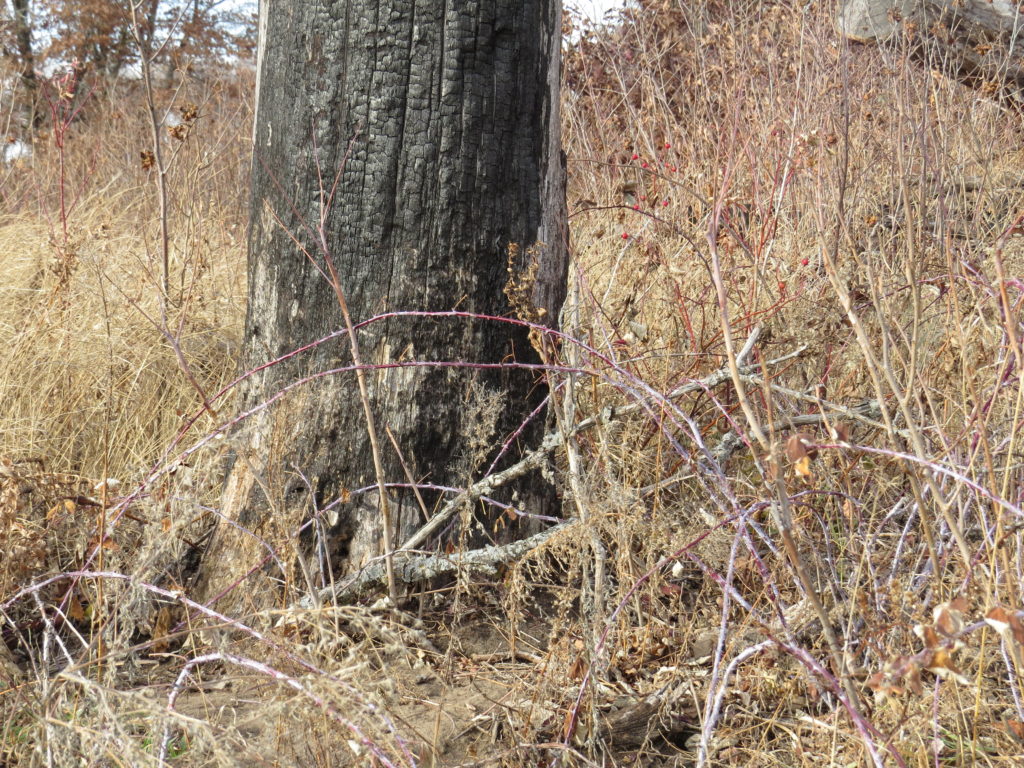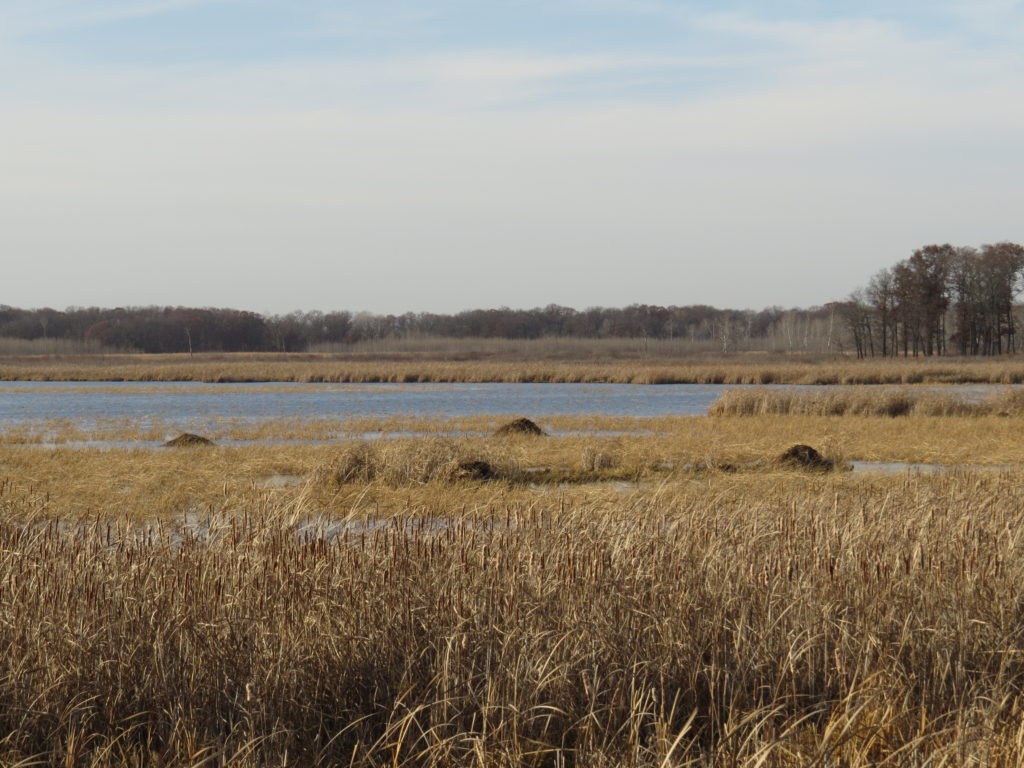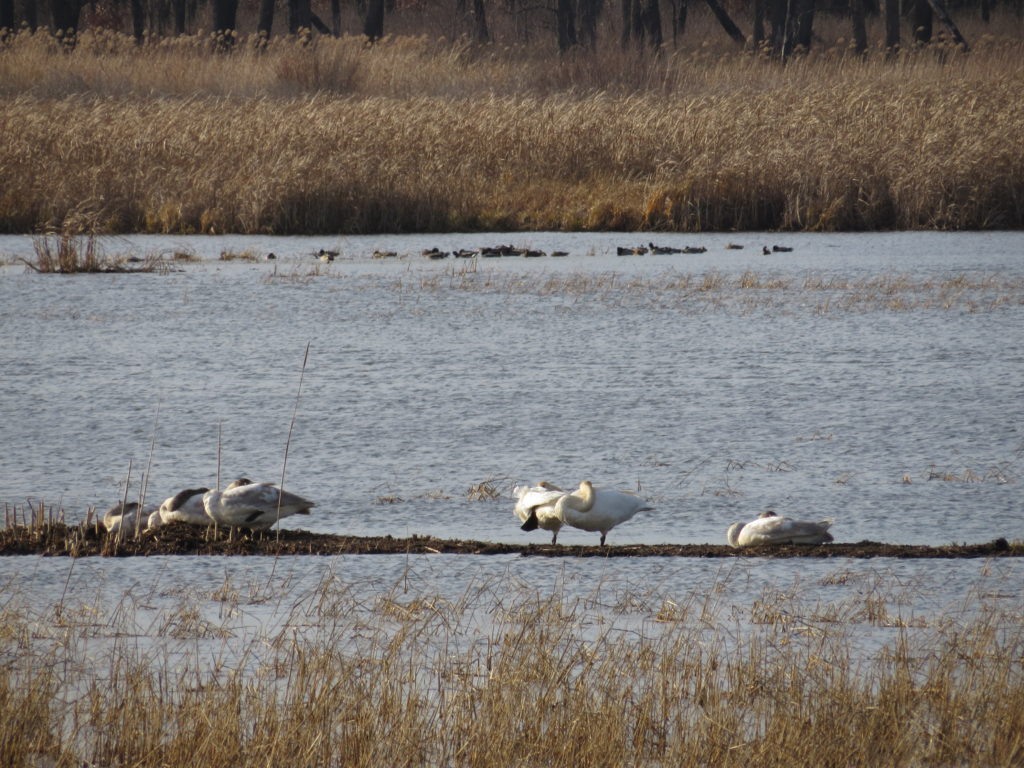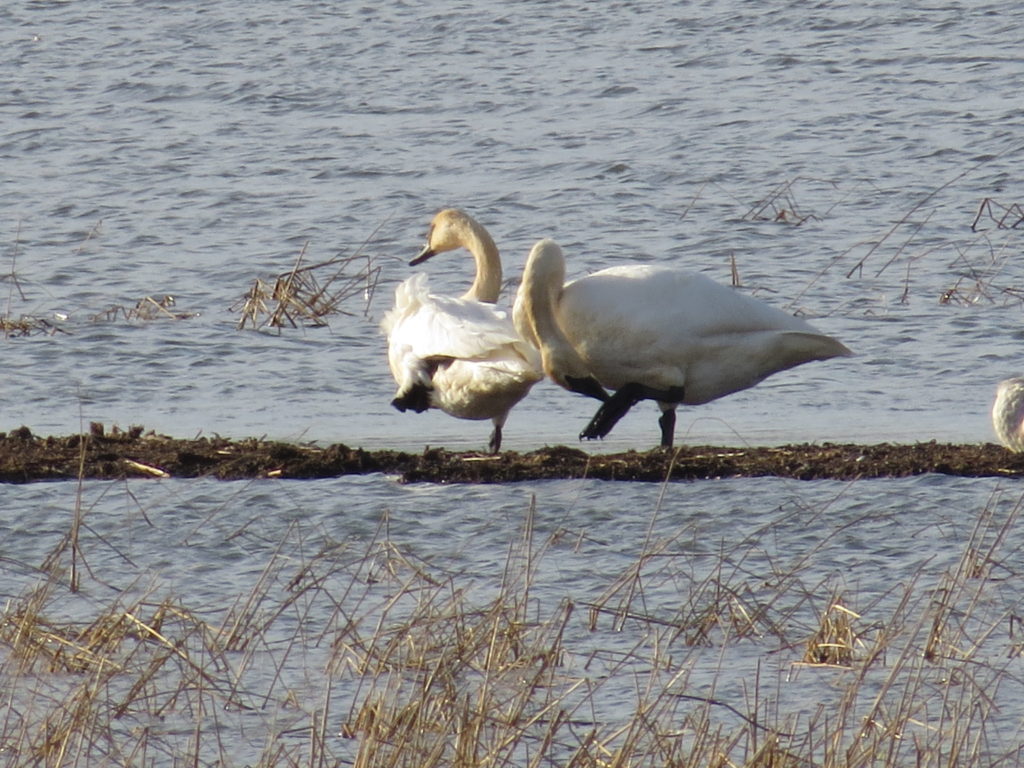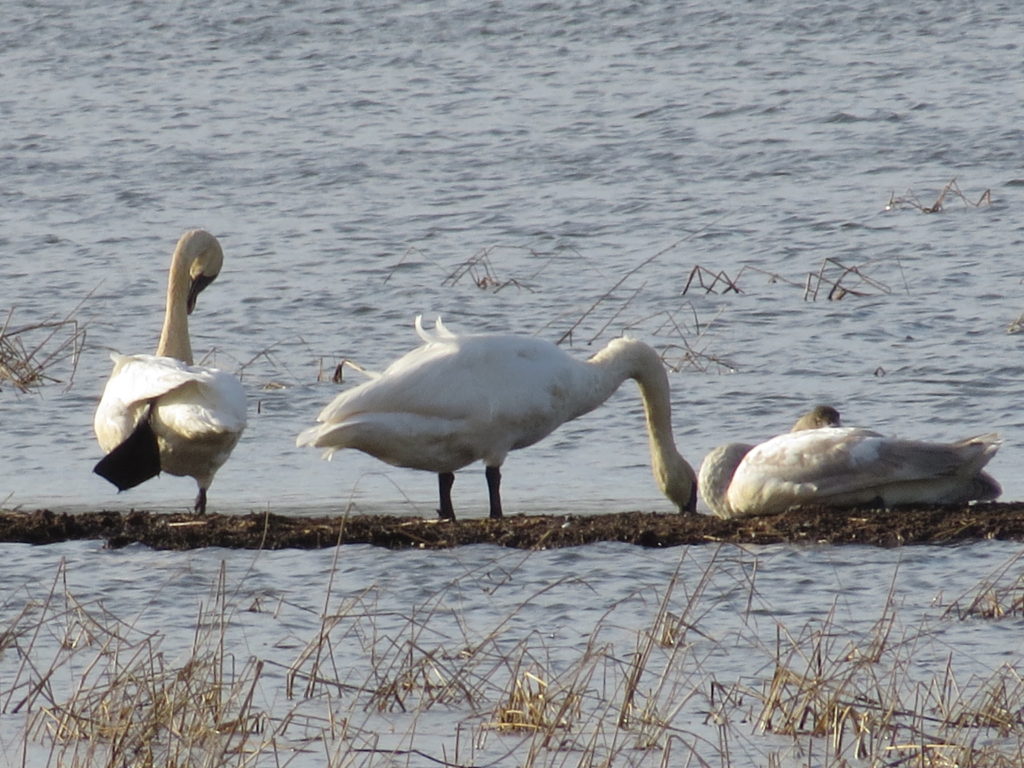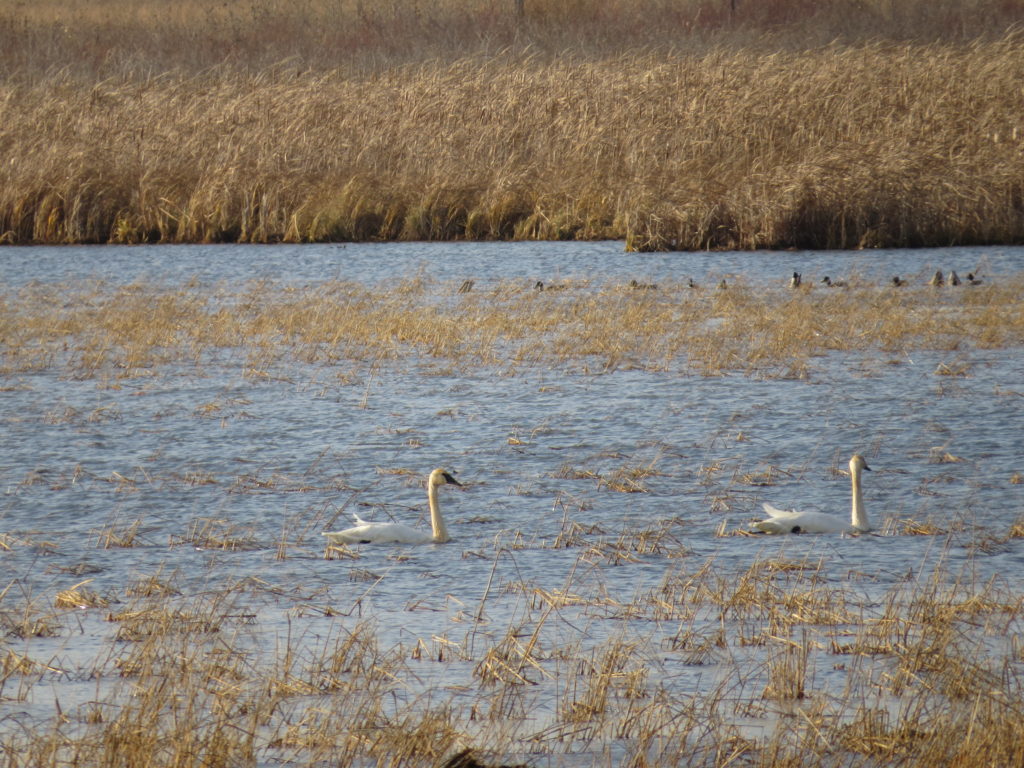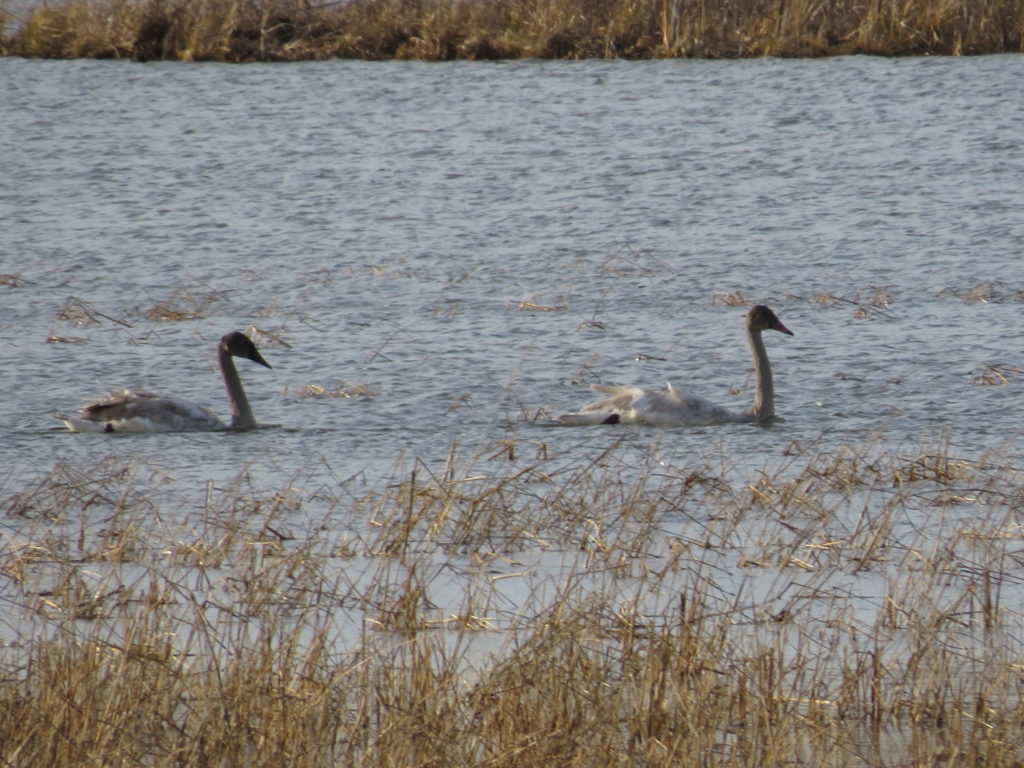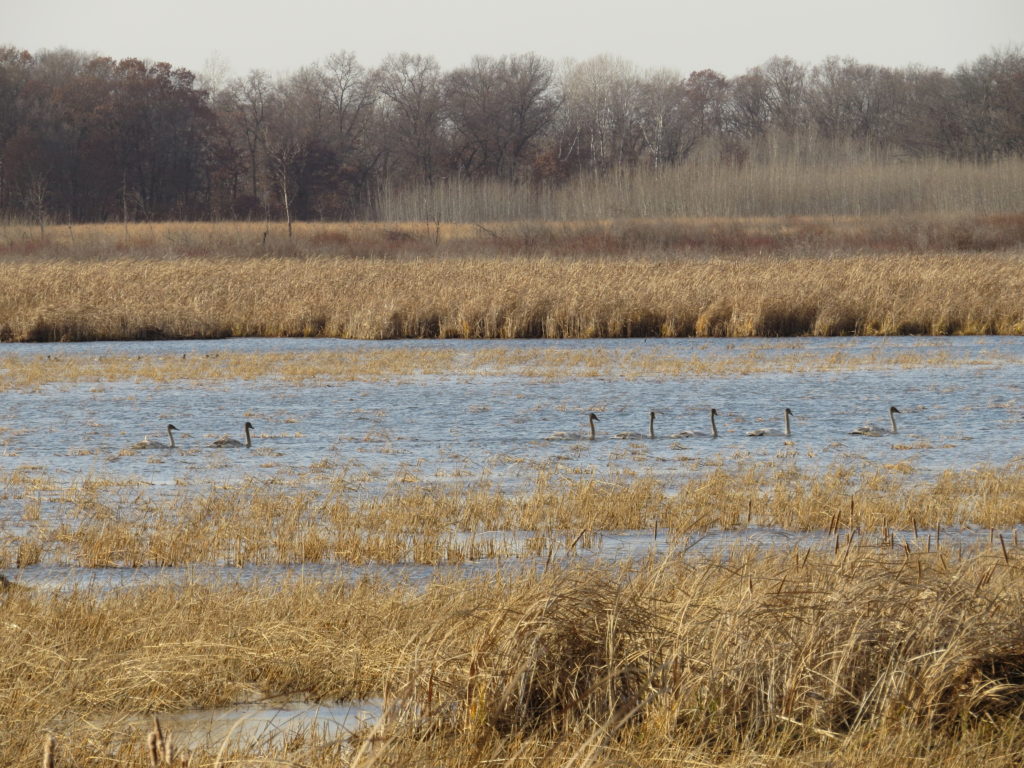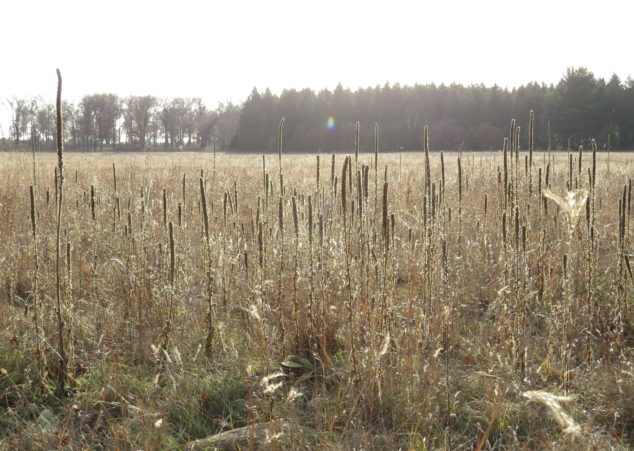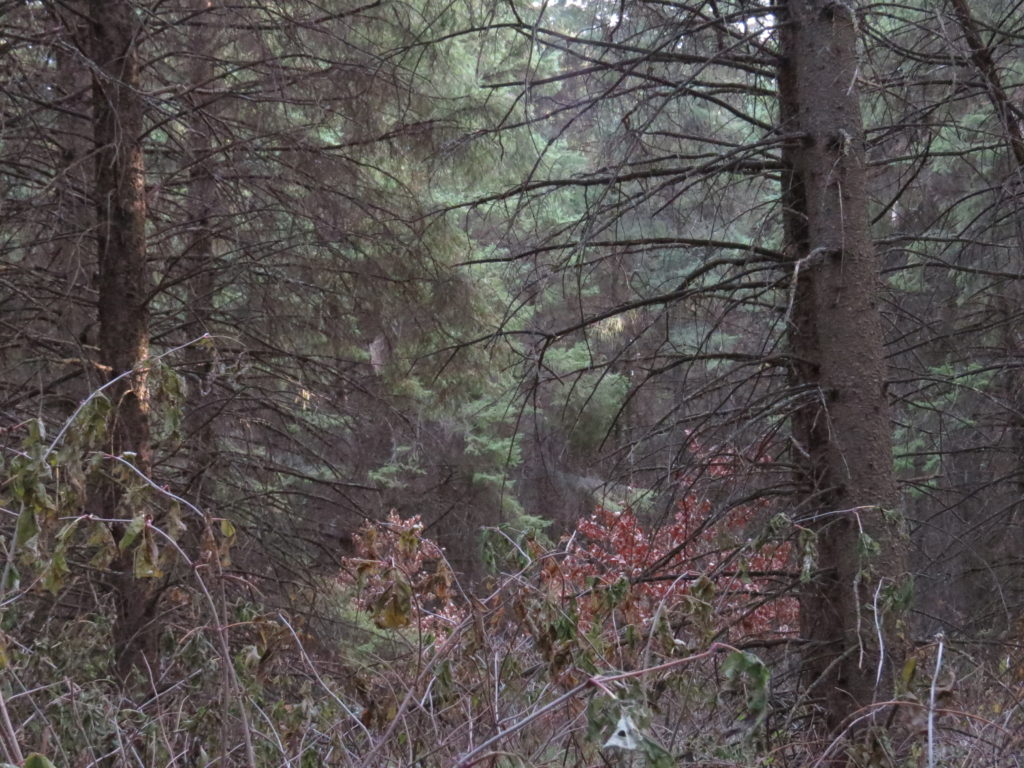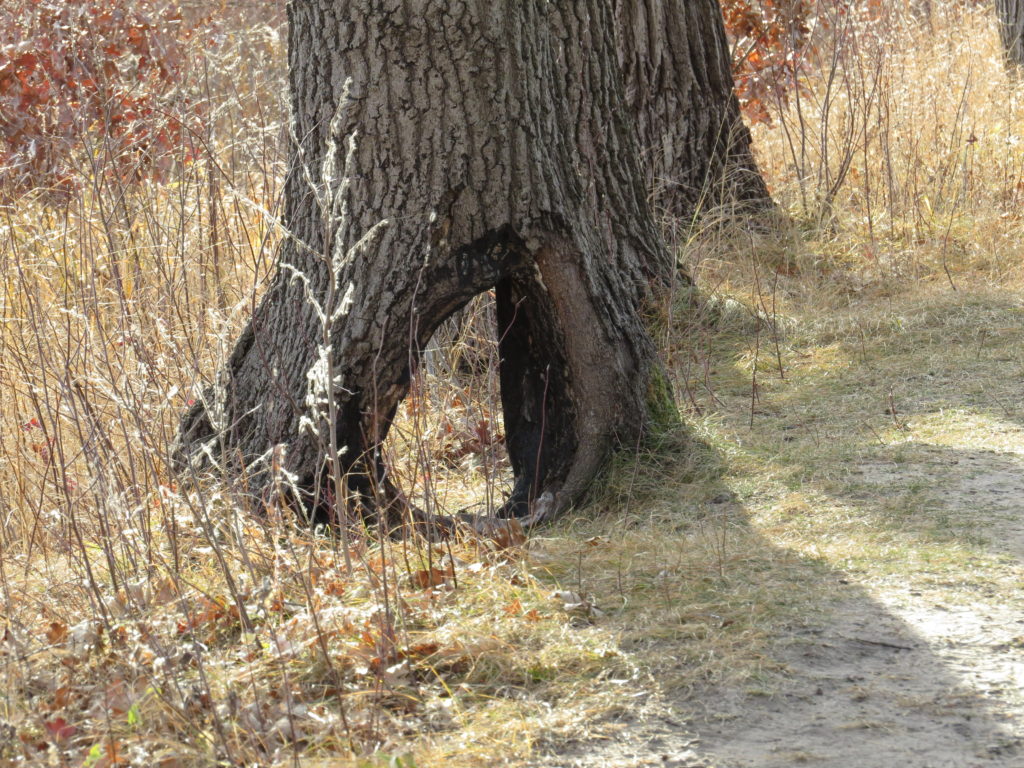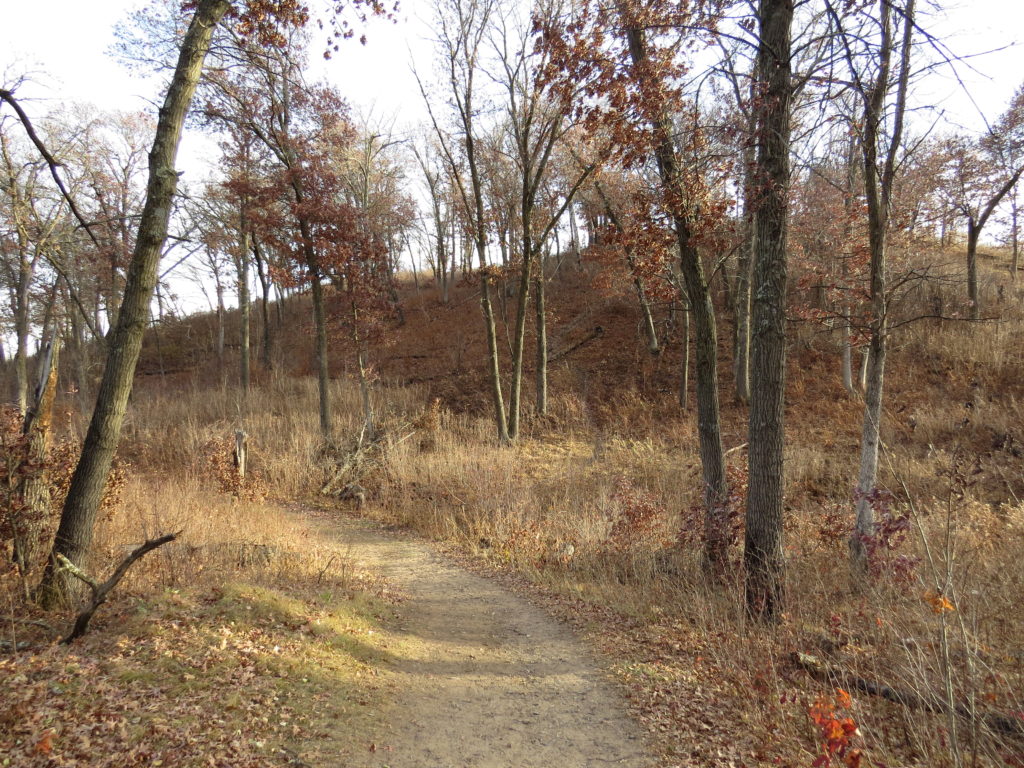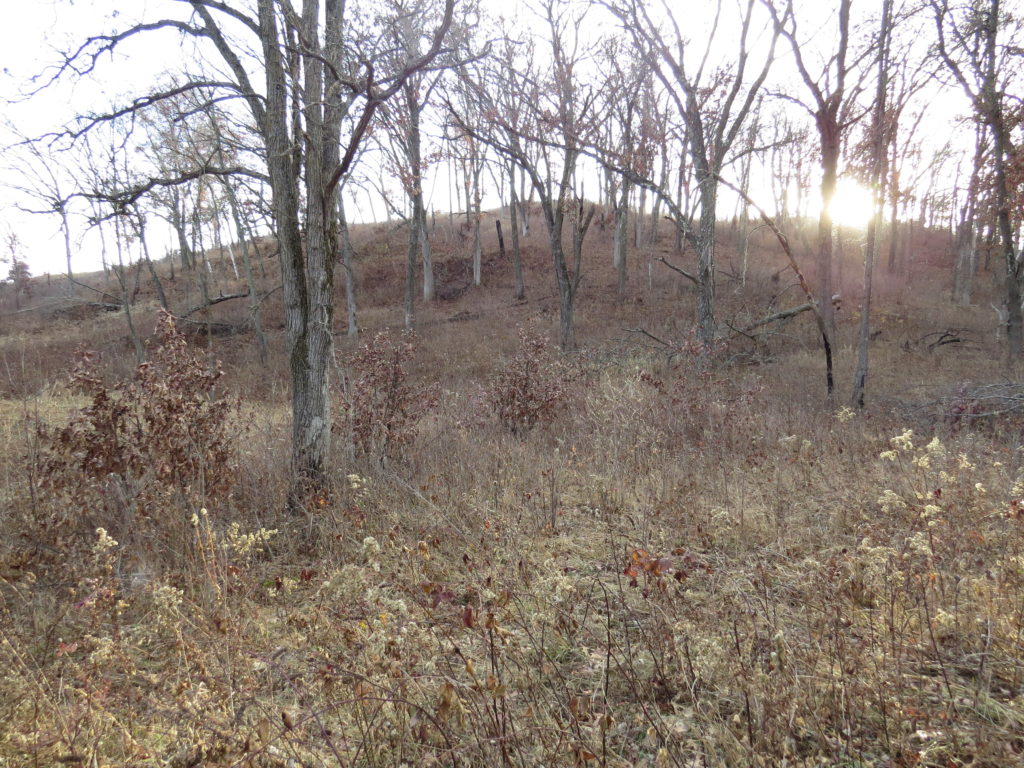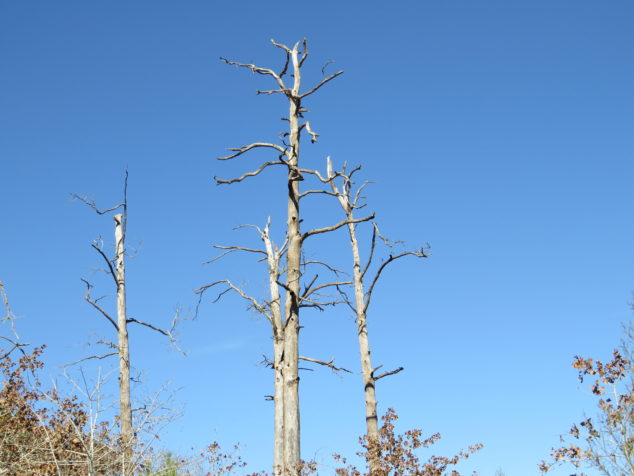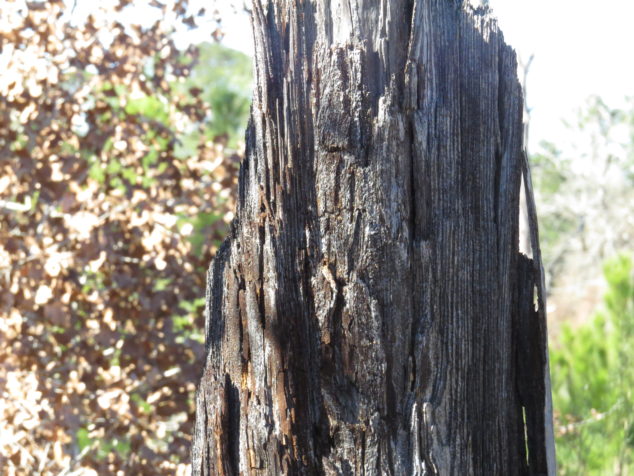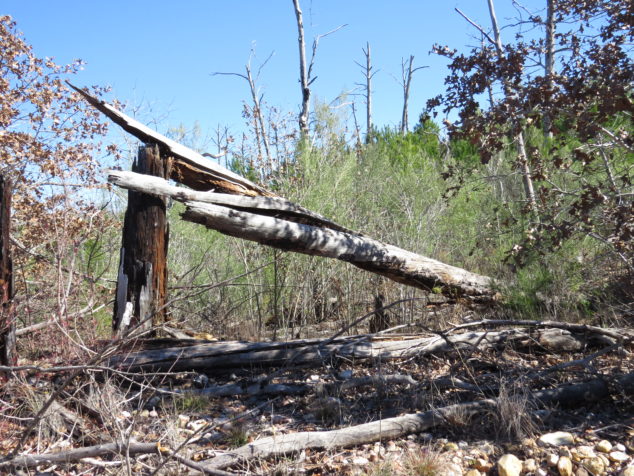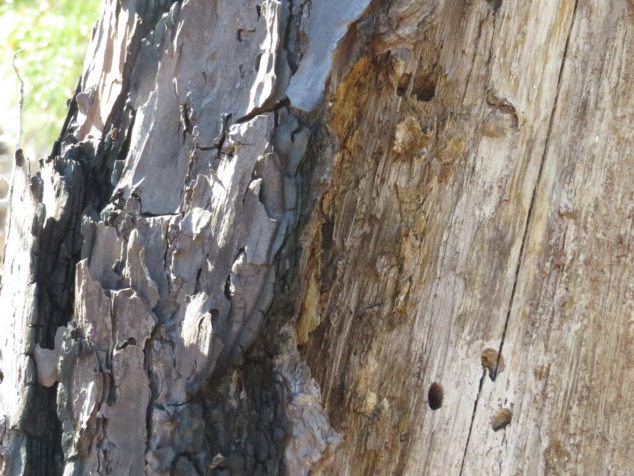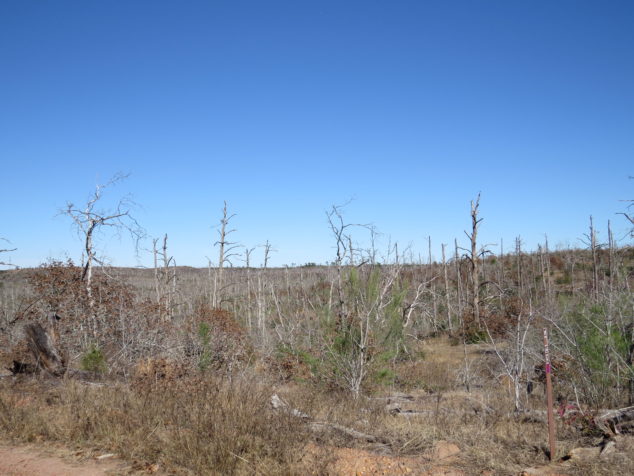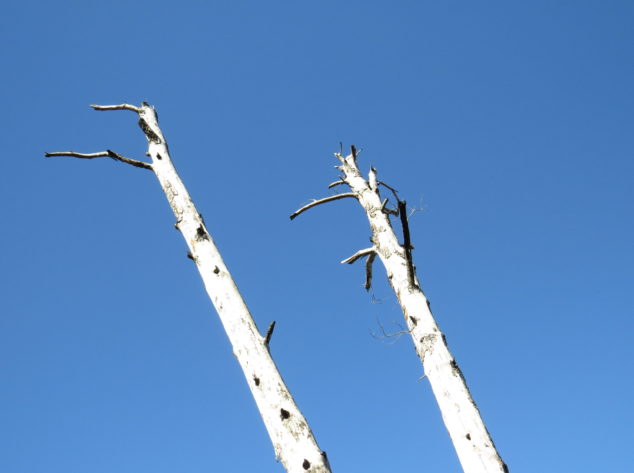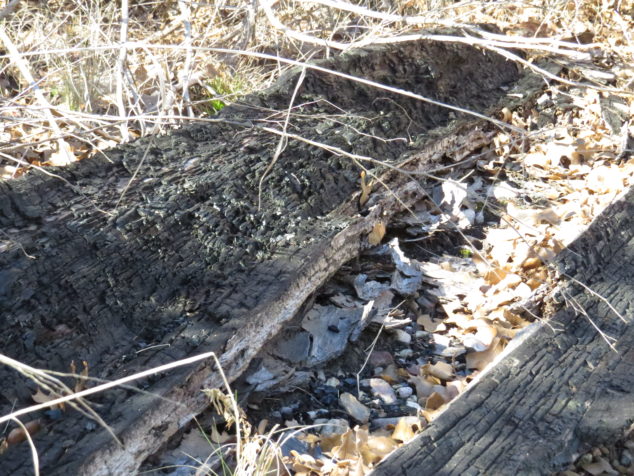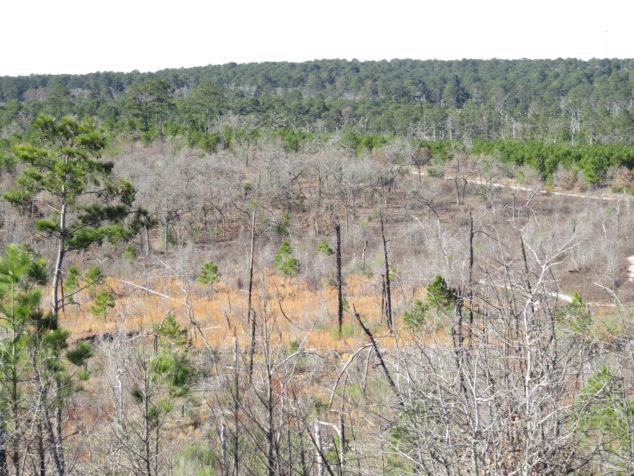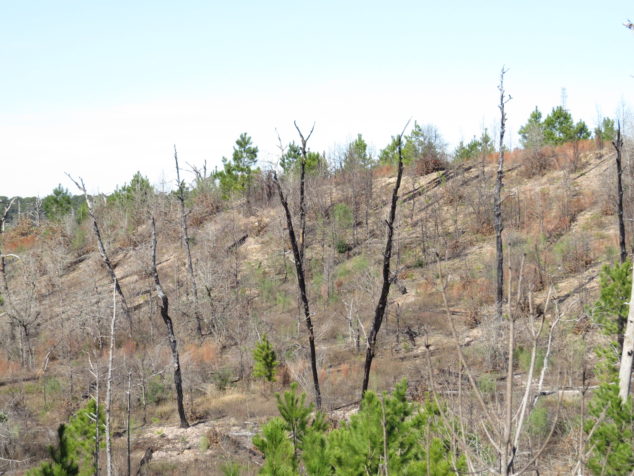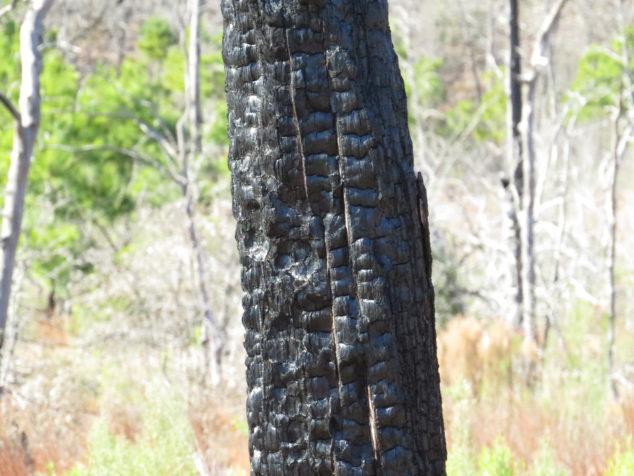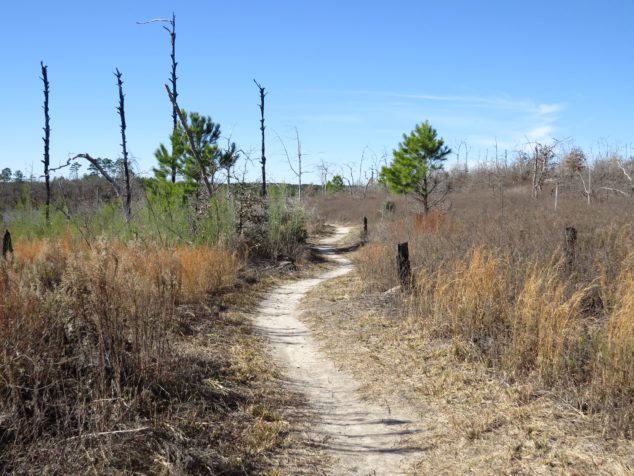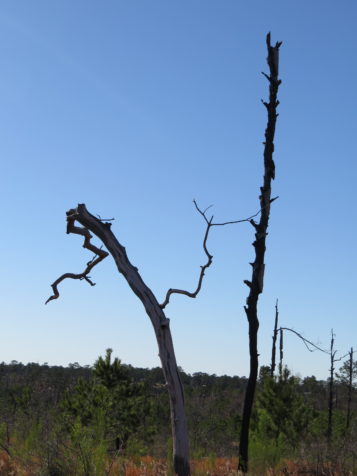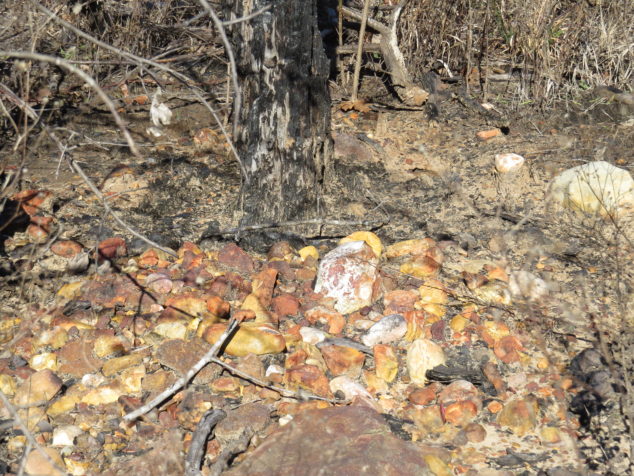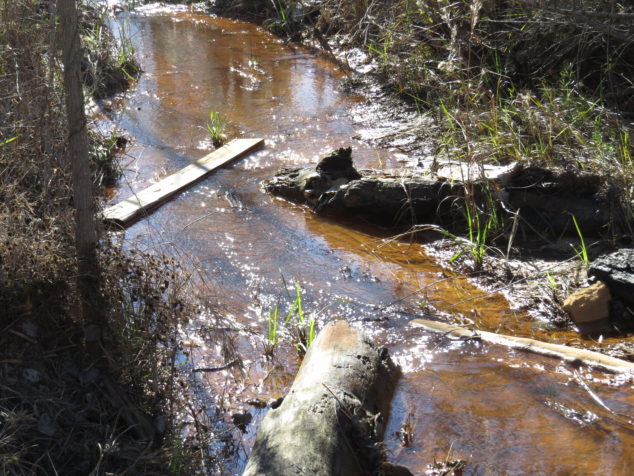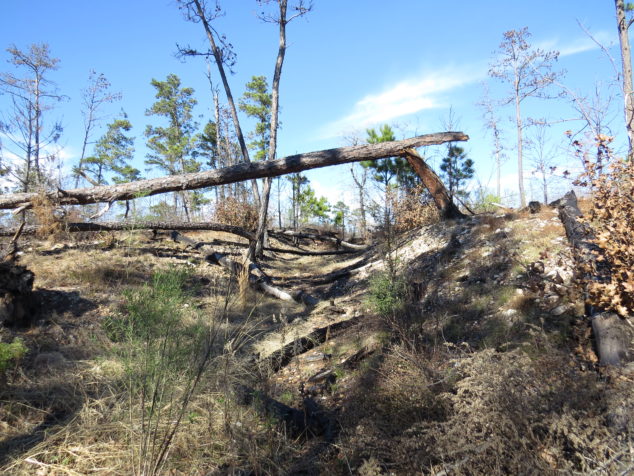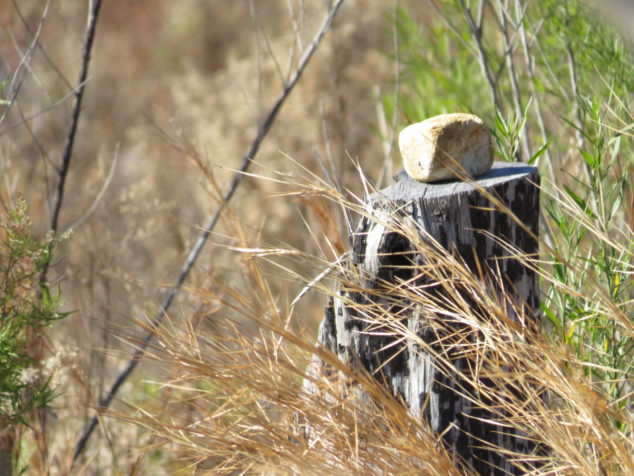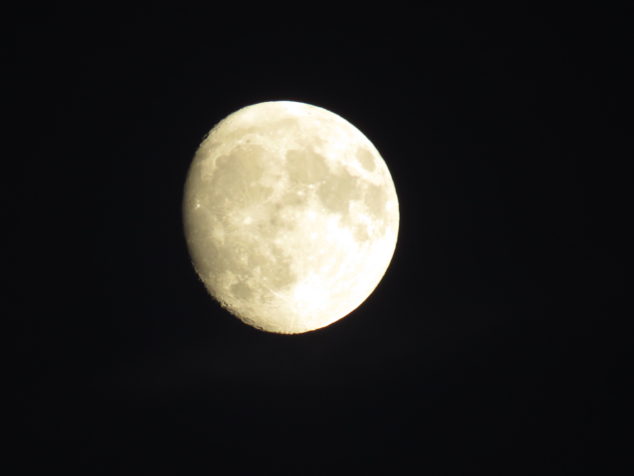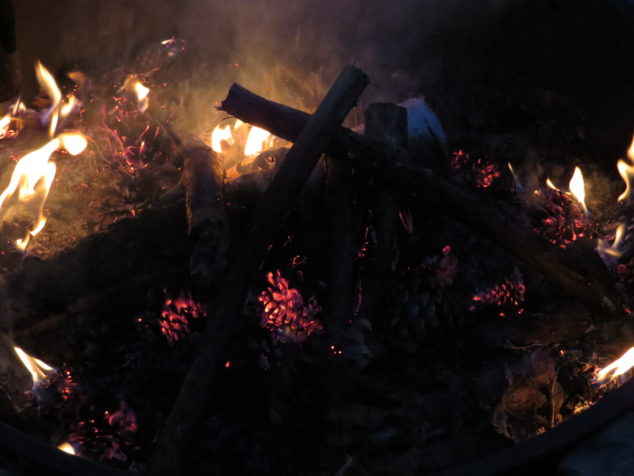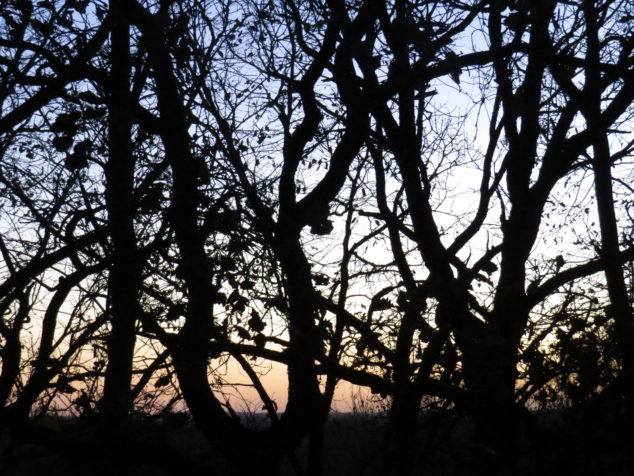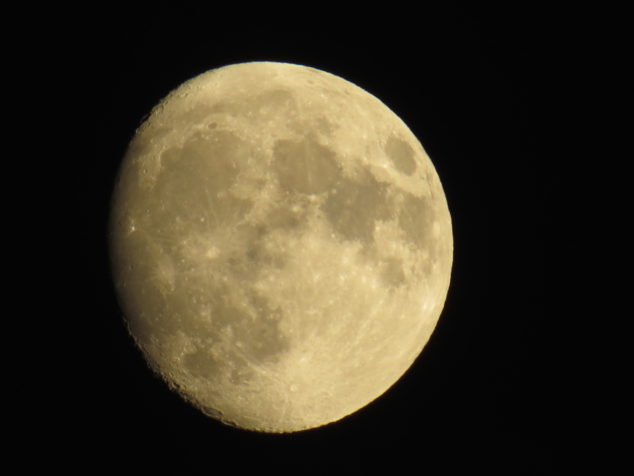I remember those times in my life when change was abrupt, when my life on one side of an event was completely different from the other side and when there was a glimmer of knowing that life as I knew it would never be the same. Some of those events were life-changingly wonderful—the day I met Chris and those three December days I gave birth to our children. Joy was the gift of those days. Others changed my life with gut-wrenching sorrow and disbelief when even the thought of getting through it was untenable, let alone any possibility of healing. How slow the hours drag by when one is in pain.
It is at this time of the year when pictures from a week ago can seem like they are from a different season. A week ago the temperature was abnormally high, the ground was dry, and winds were strong enough to warrant red-flag warnings in multiple states, including Minnesota. This week we have had rain every day—steady, consistent showers with perpetual cloud cover and cooler temperatures. The Spring world has soaked it up and responded—grass is turning green, Forsythia are blooming in sunshine yellow, and leaves are emerging from the dormancy of Winter. Change comes swiftly, eagerly, and joyfully.
Our Easter hike with Aaron and Zoe was at Crane Meadows National Wildlife Refuge, southeast of Little Falls. Wherever I hike at this time of year makes me feel like I have come at the ‘wrong’ time. The snow is gone, and Spring has yet to show up except for the earliest, subtle signs. The Refuge seemed stark and empty, despite the beautiful blue sky. We followed the Platte River trail through an Oak savanna, the sunlight streaming through the bare branches to the brown grass below.
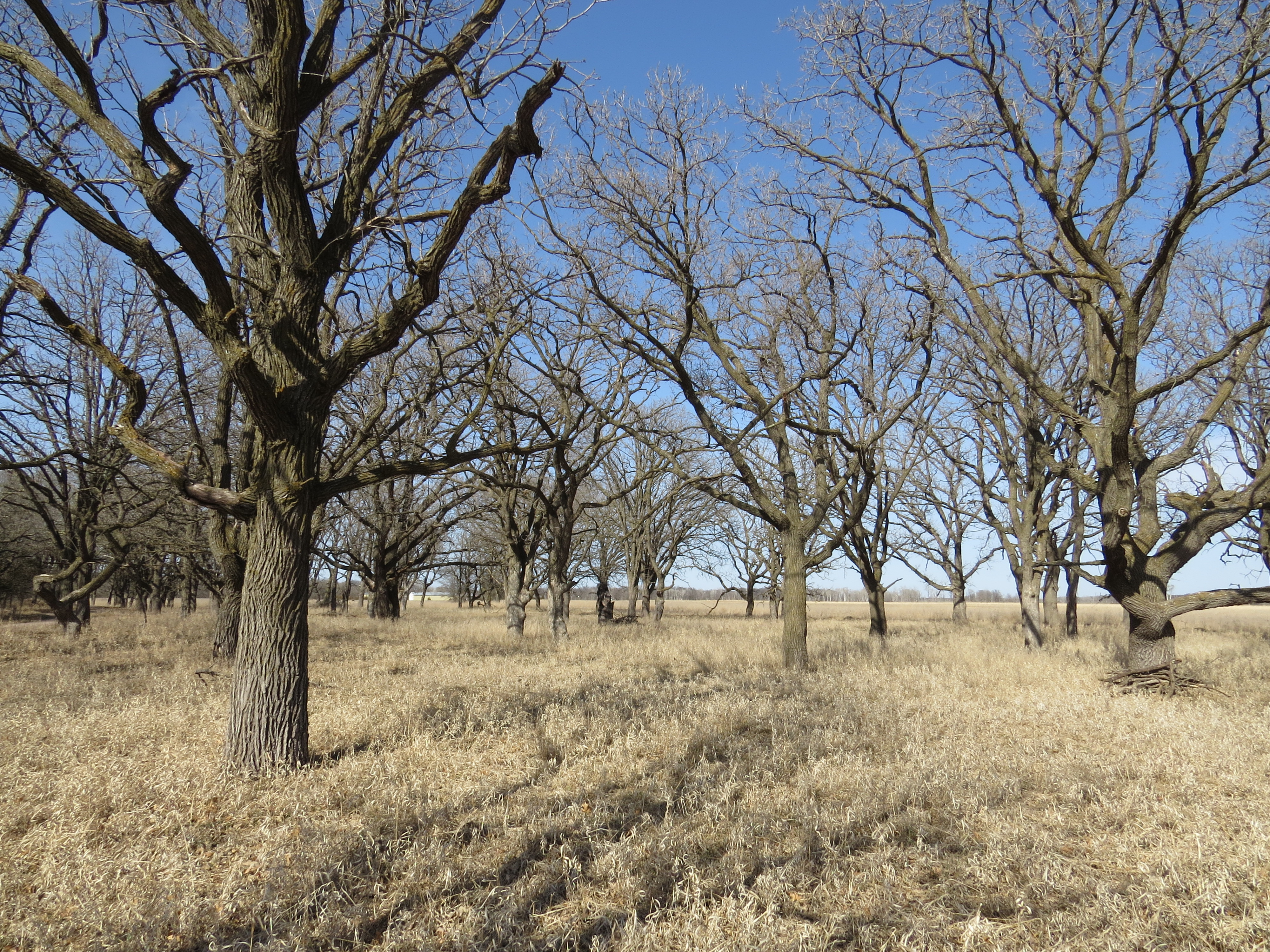
The Platte River was surprisingly wide as we continued through the restored tallgrass prairie. I wondered what the prairie and the beautiful big Oaks looked like in summer and noted to Chris that we needed to return to this place at another time, another season.
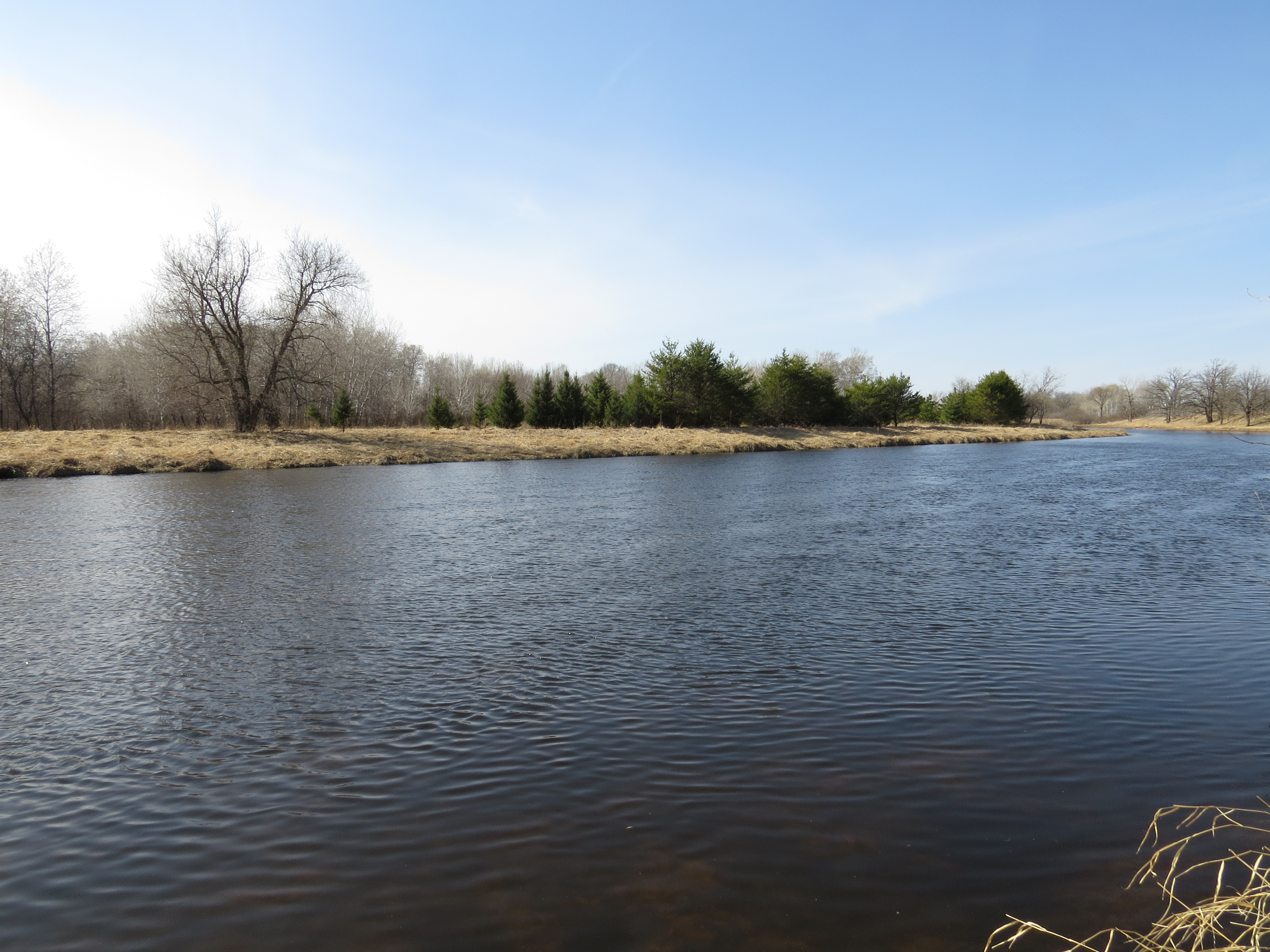
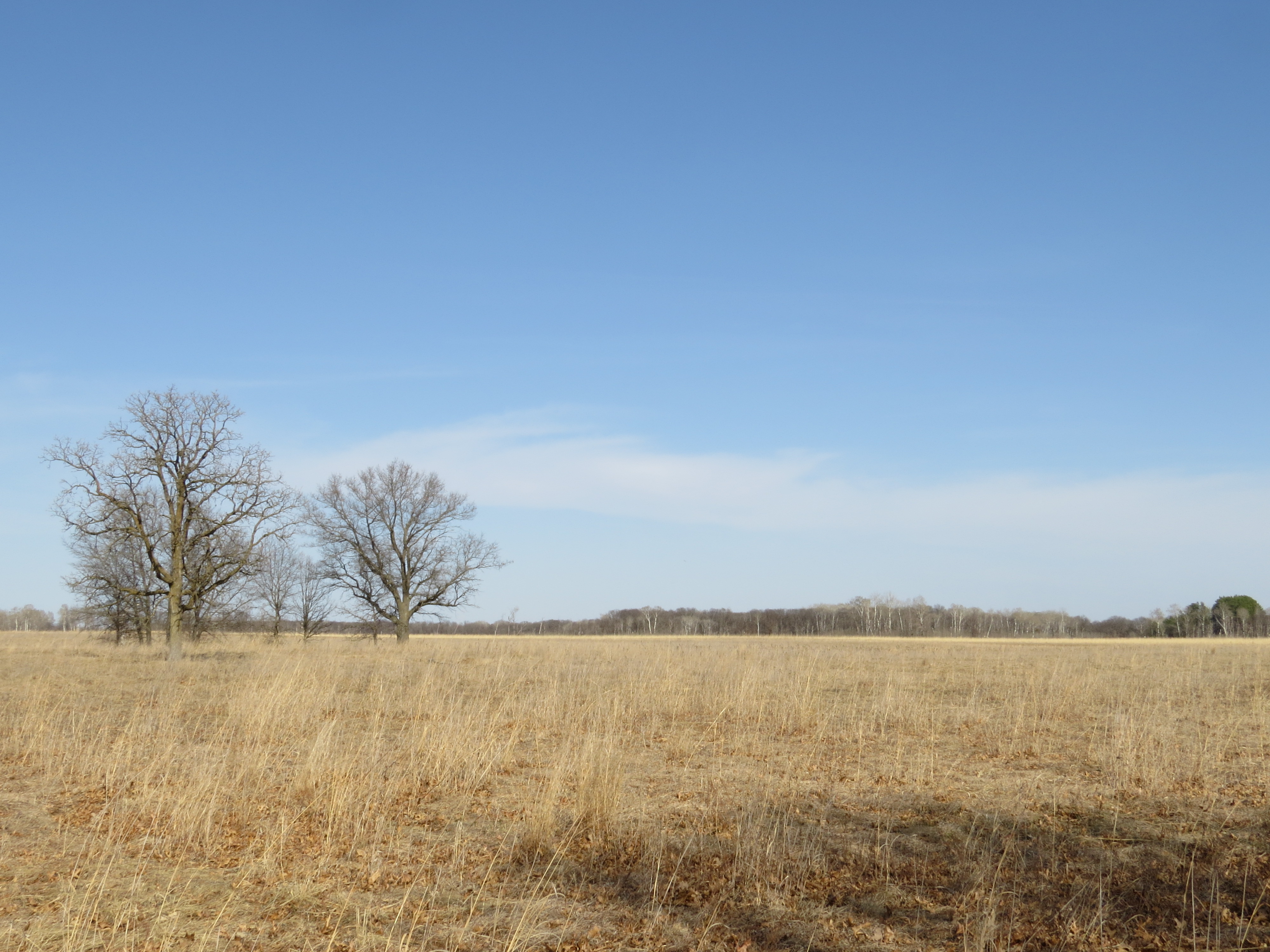
And then we saw the fire-ravaged trees—the benign mediocrity of the prairie morphed into signs of sorrow. Fire is one of those events that can change life forever, whether for humans or trees.
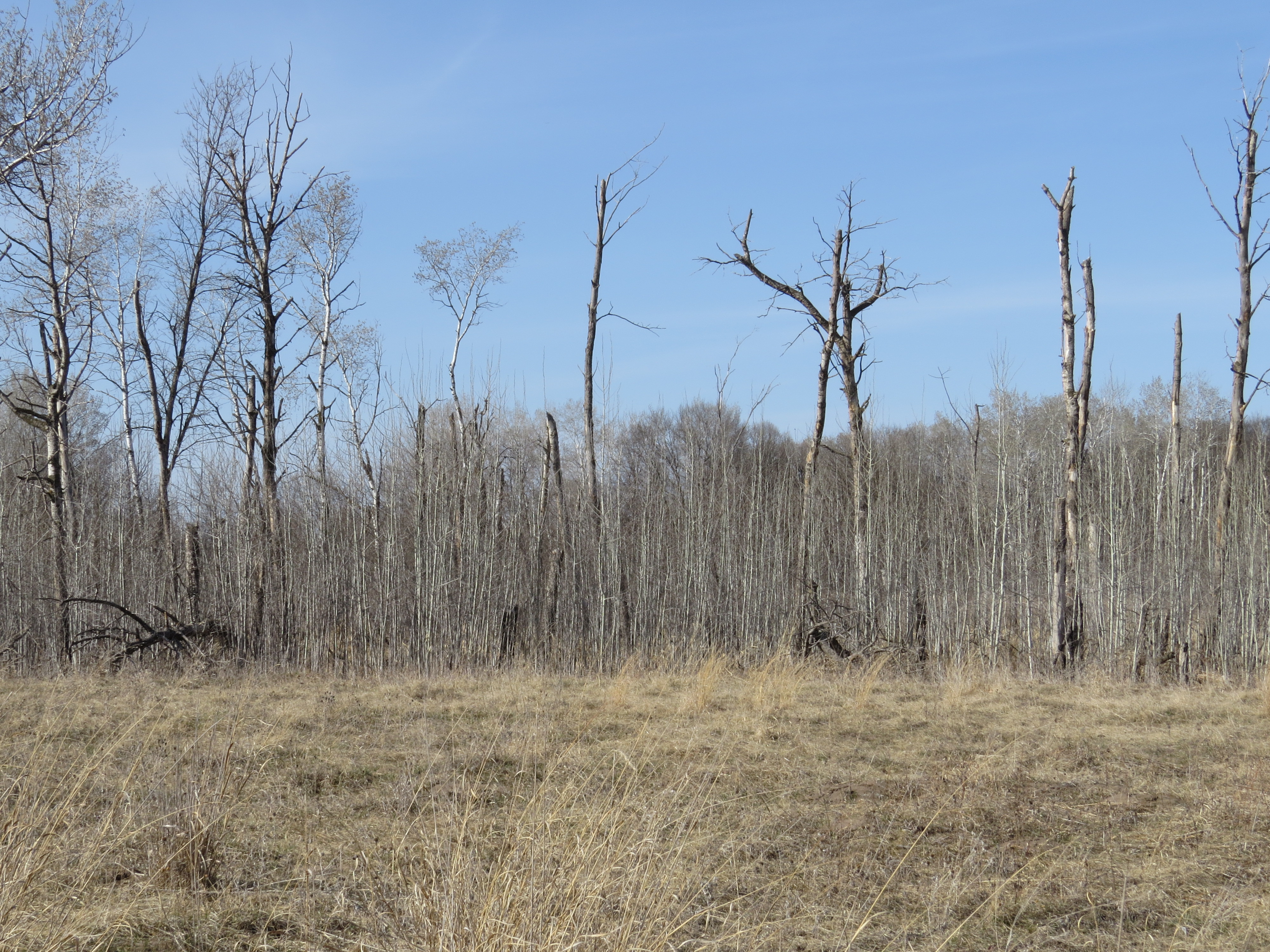
Crane Meadows is part of the Sherburne National Wildlife Refuge complex where we saw the same fire damage to trees in an Oak Savanna that had been burned. A controlled, prescribed burn for the prairie should not impact the mature trees in such a way, and I wondered what had gone wrong. The loss was immense.
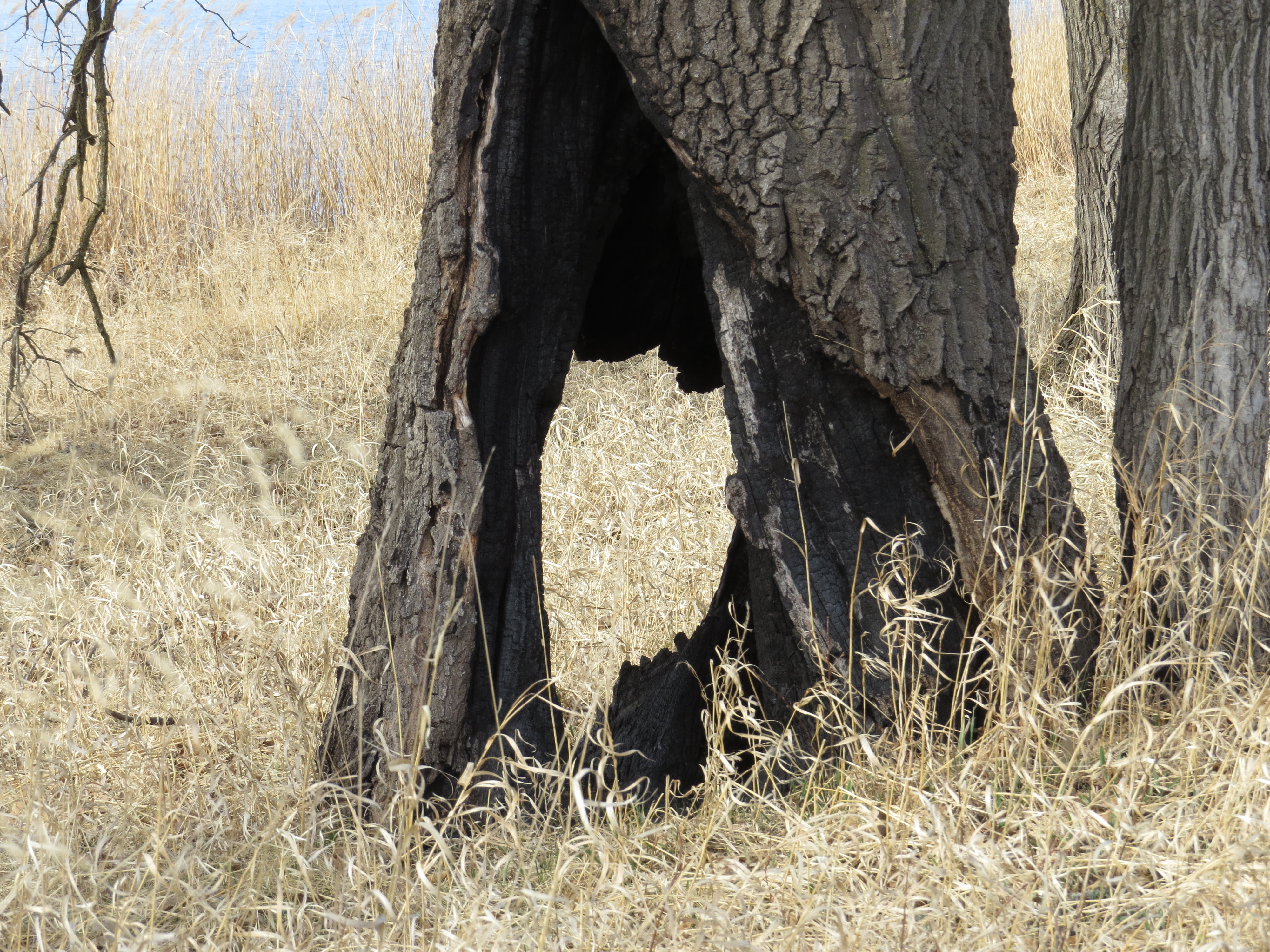
Like at Sherburne, there was a burned tree graveyard, even more stark in the post-Winter, pre-Spring landscape.
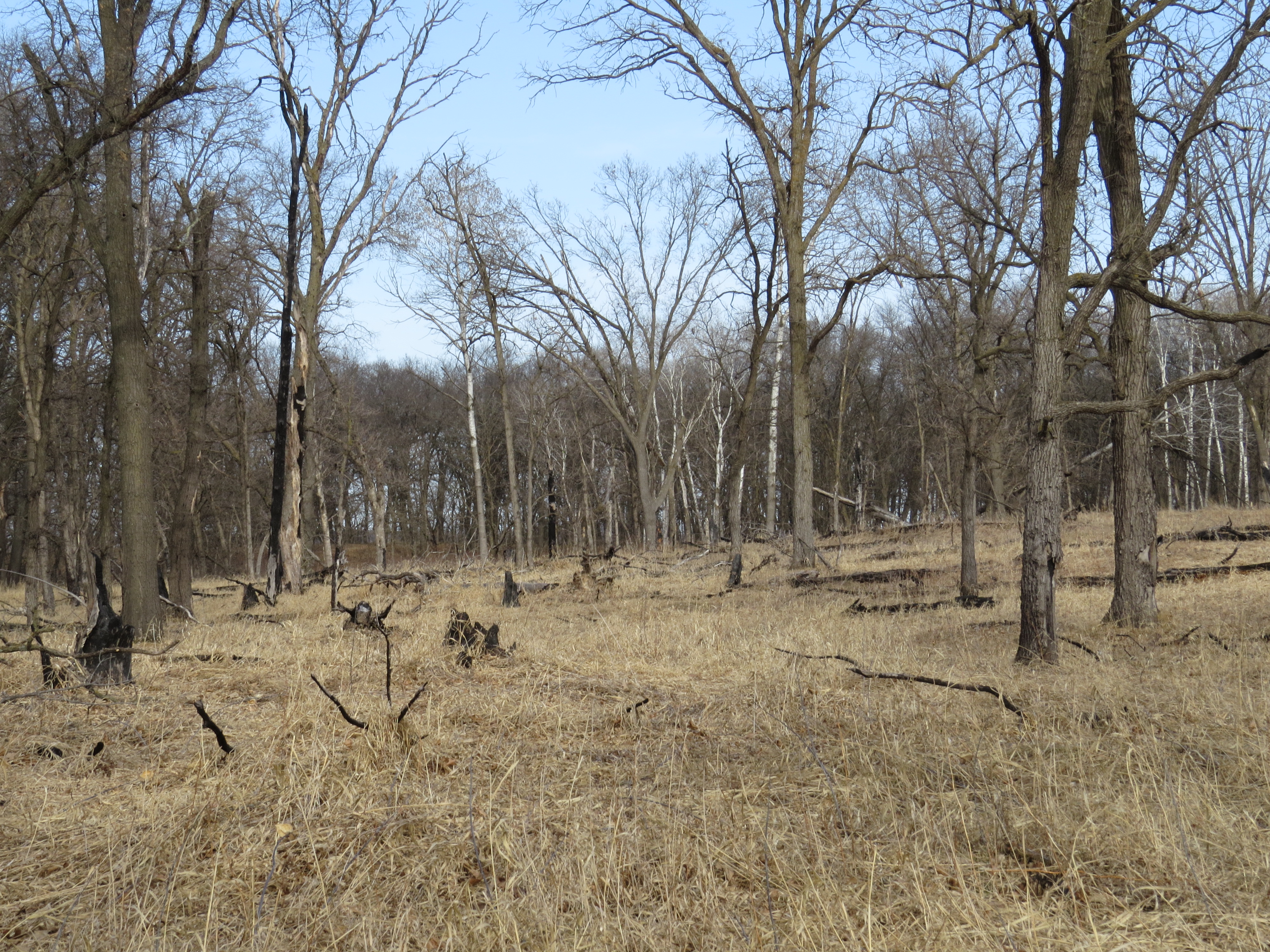
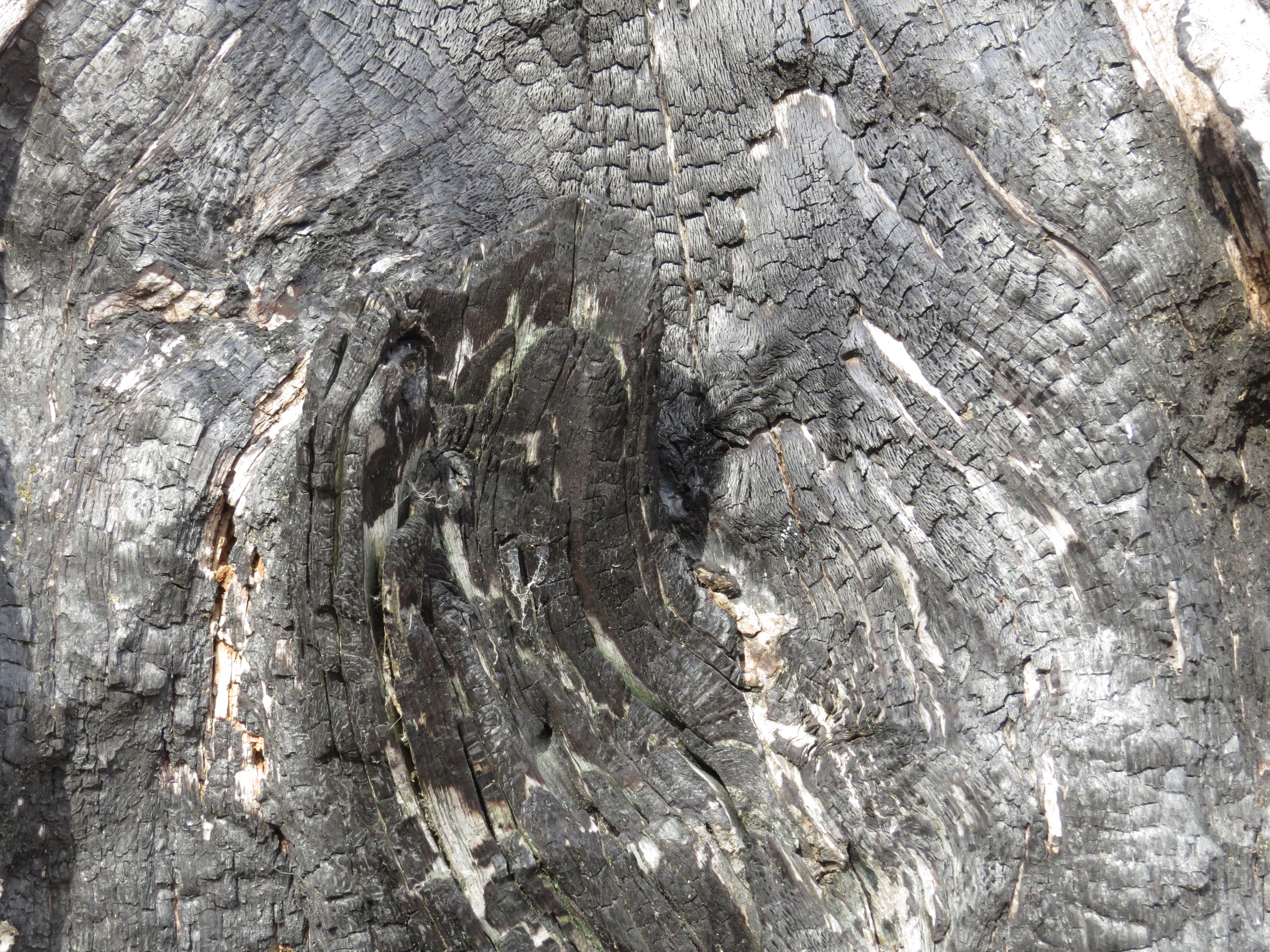
The River and cool water gave visual relief from the burned area of trees. A small dam crossed the Platte, widening it into Rice Lake. I wondered if this was a nest of some sort or just debris that had gathered on the rock with high water.

As the River widened into the shallow lake and wetlands, there seemed to be more ‘life’—Pines, Aspens, Willows, and wetland grasses breathed ‘potential’ into the landscape. Soon a green blush will envelop the Aspens, and the Willows will leaf out from the catkins that had emerged.
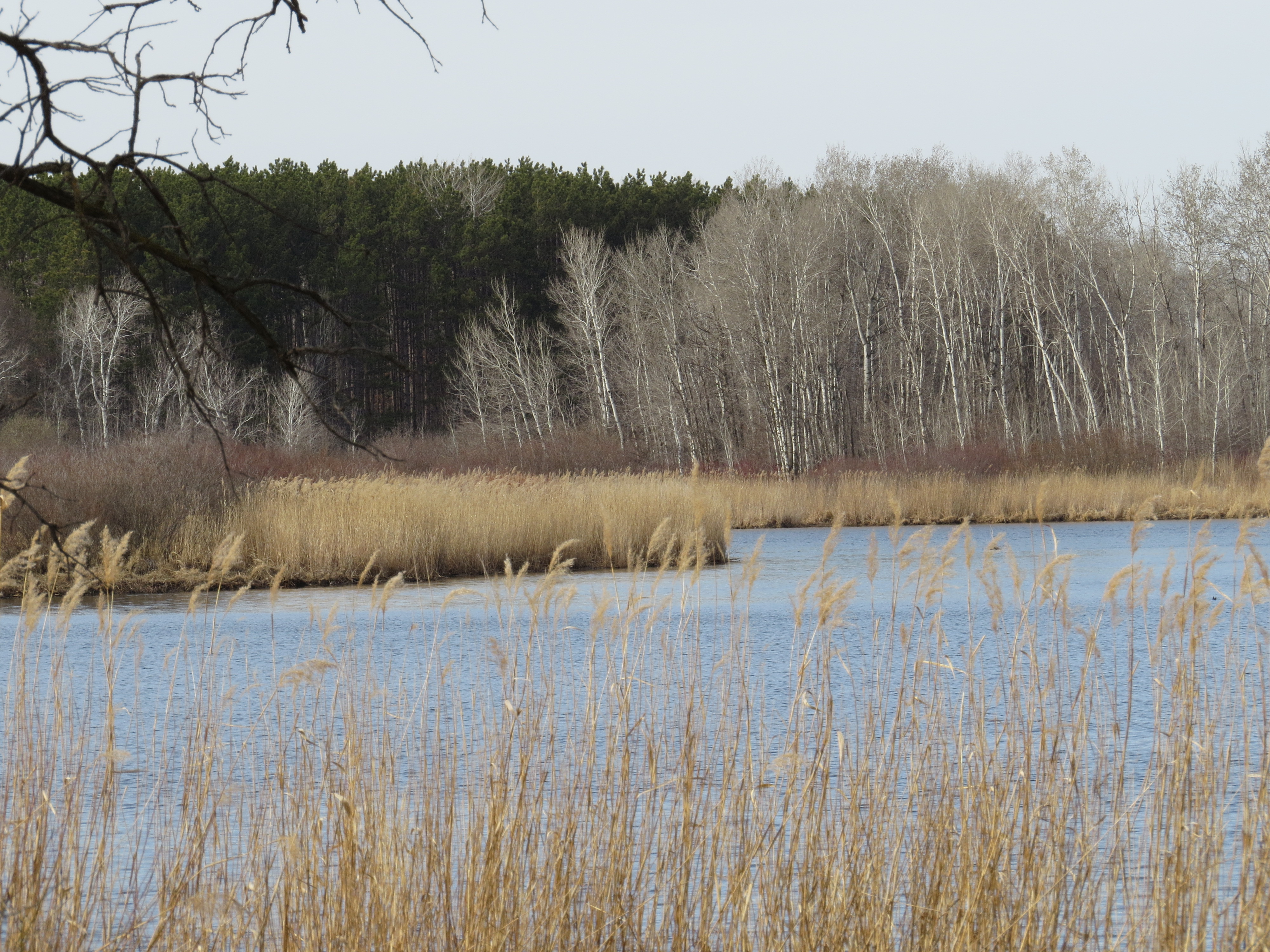
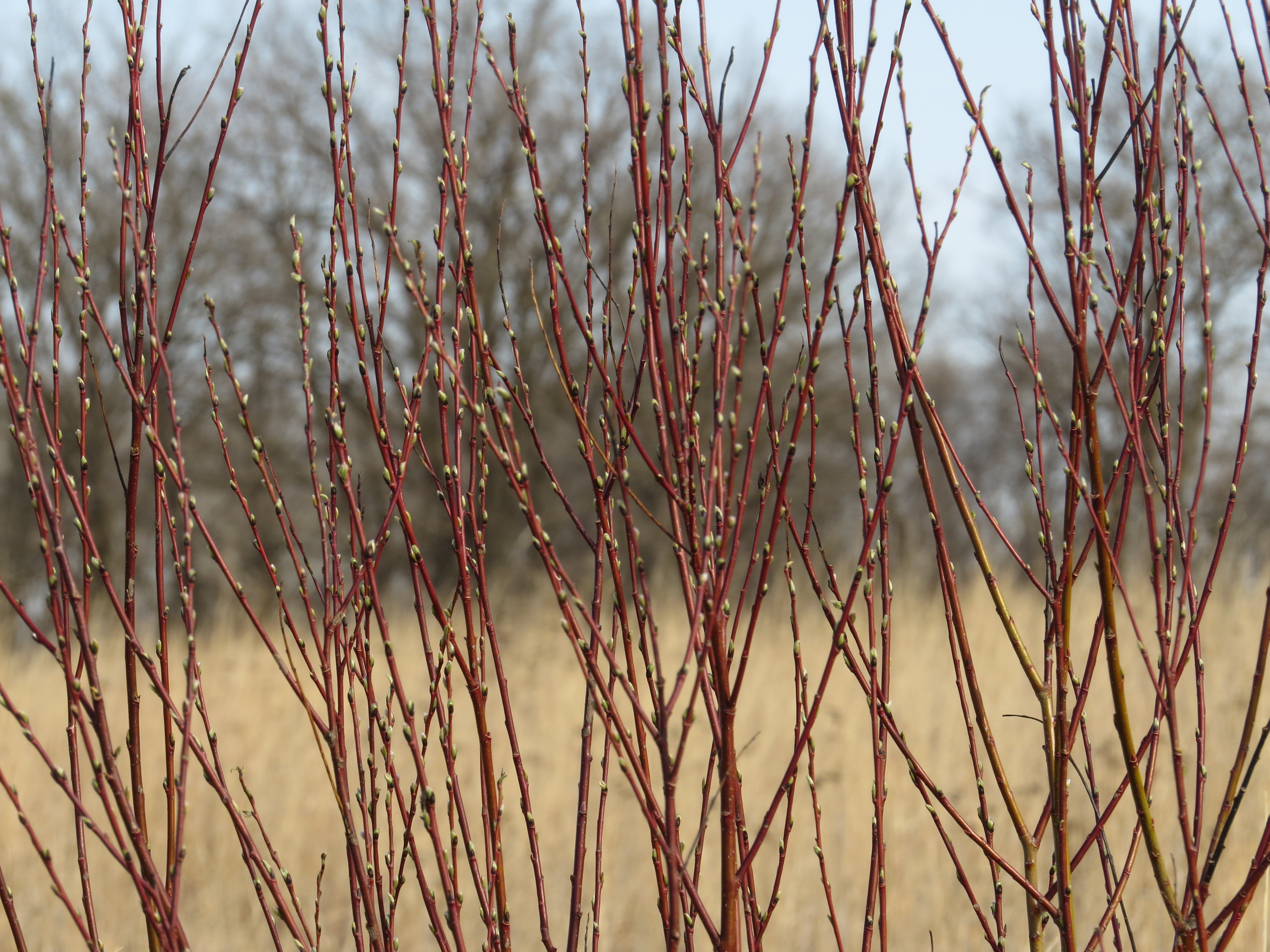
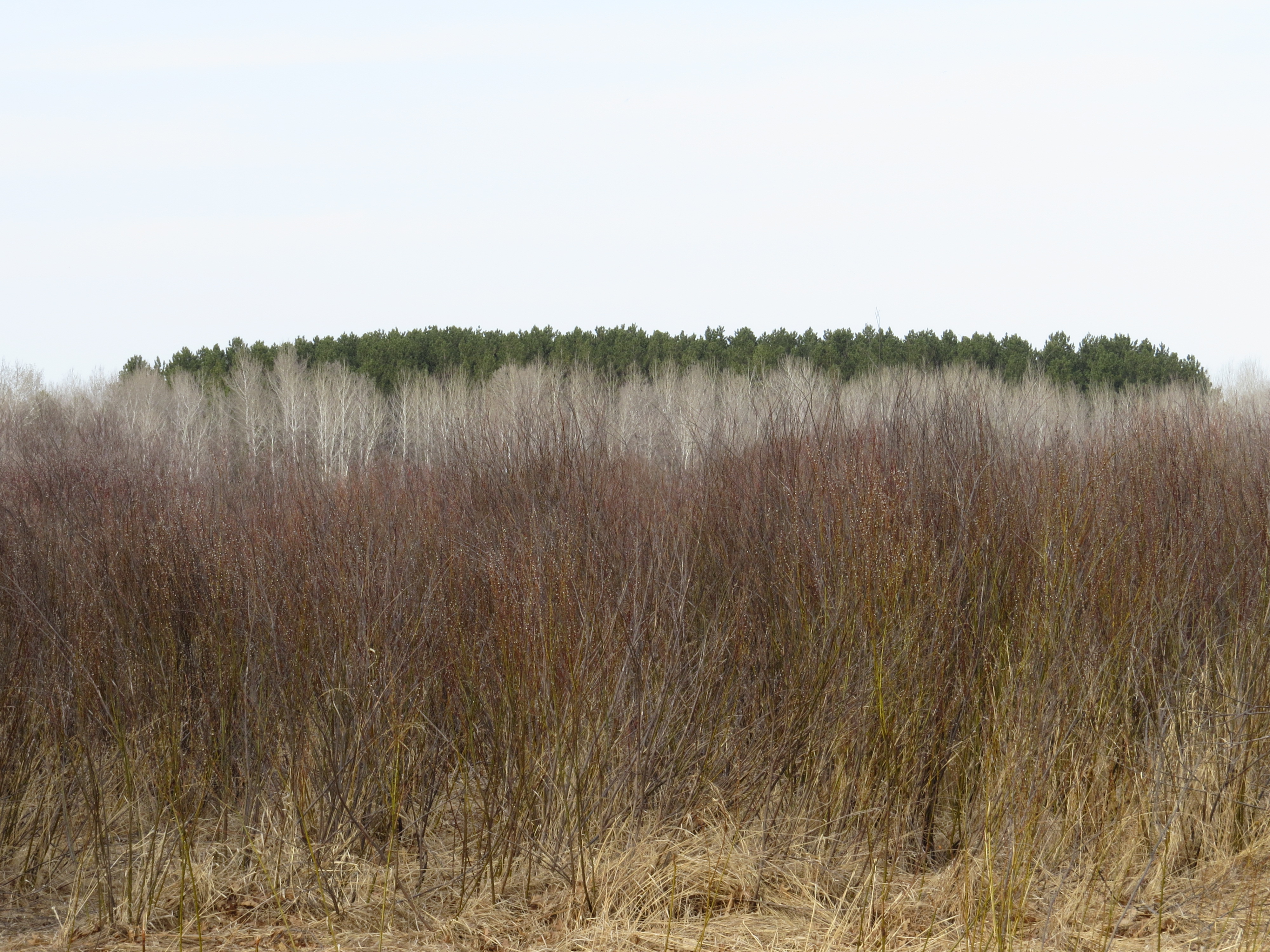
Rice Lake had a few ducks—a couple showy, black and white Buffleheads and some rafts of Common Mergansers. I was surprised there weren’t more migrating birds, however, and I wondered if we were too early or too late to see them.
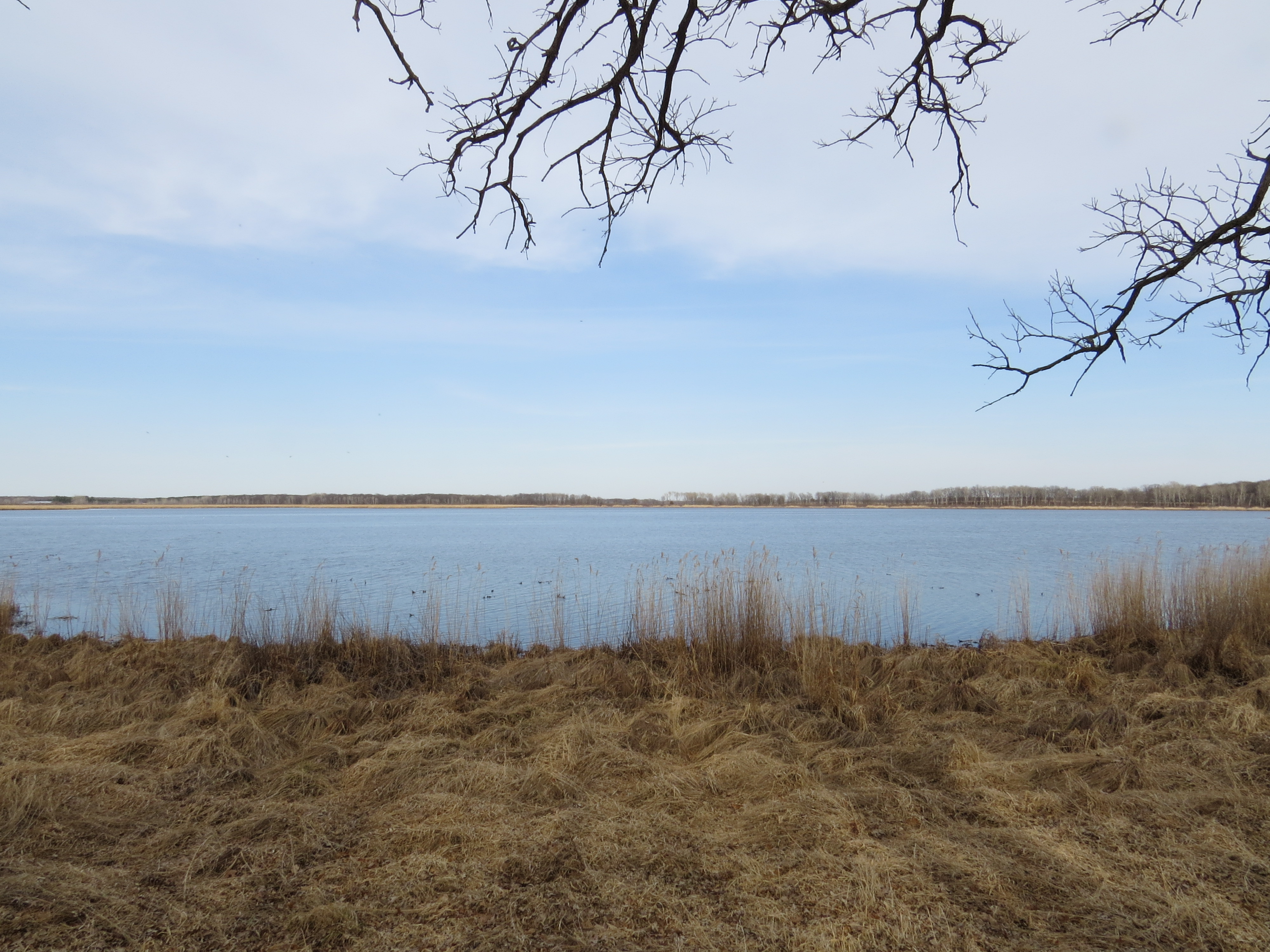
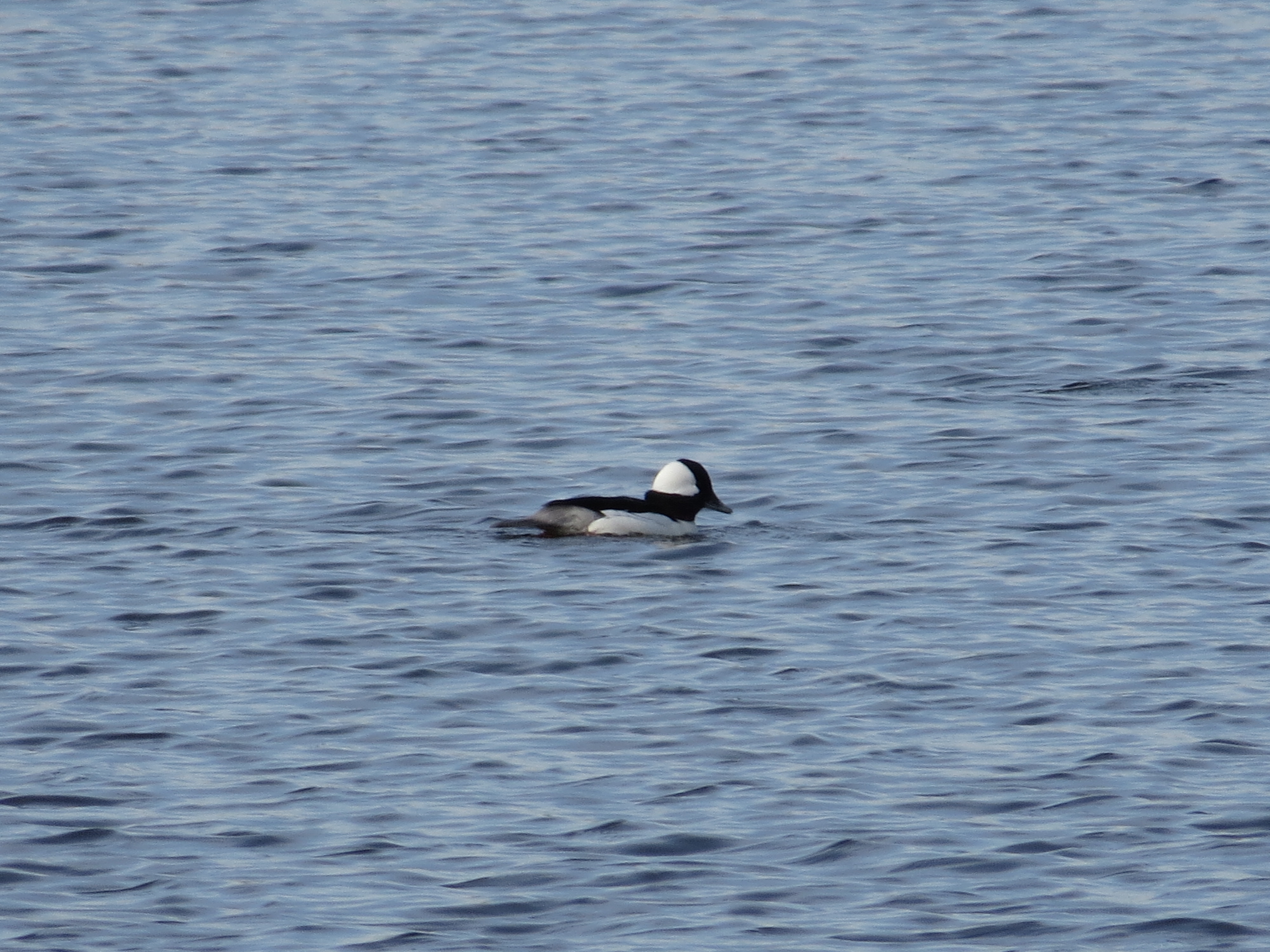
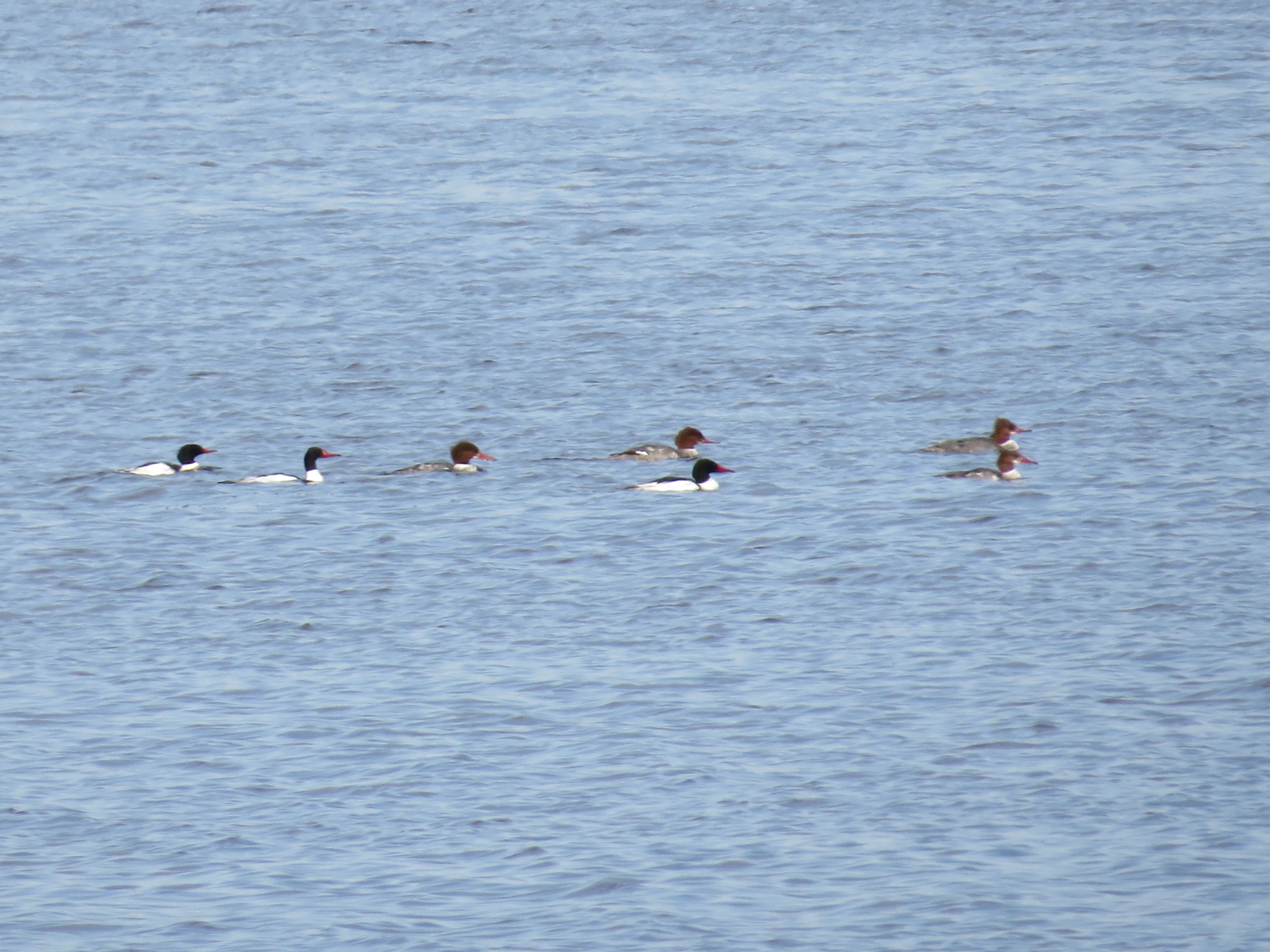
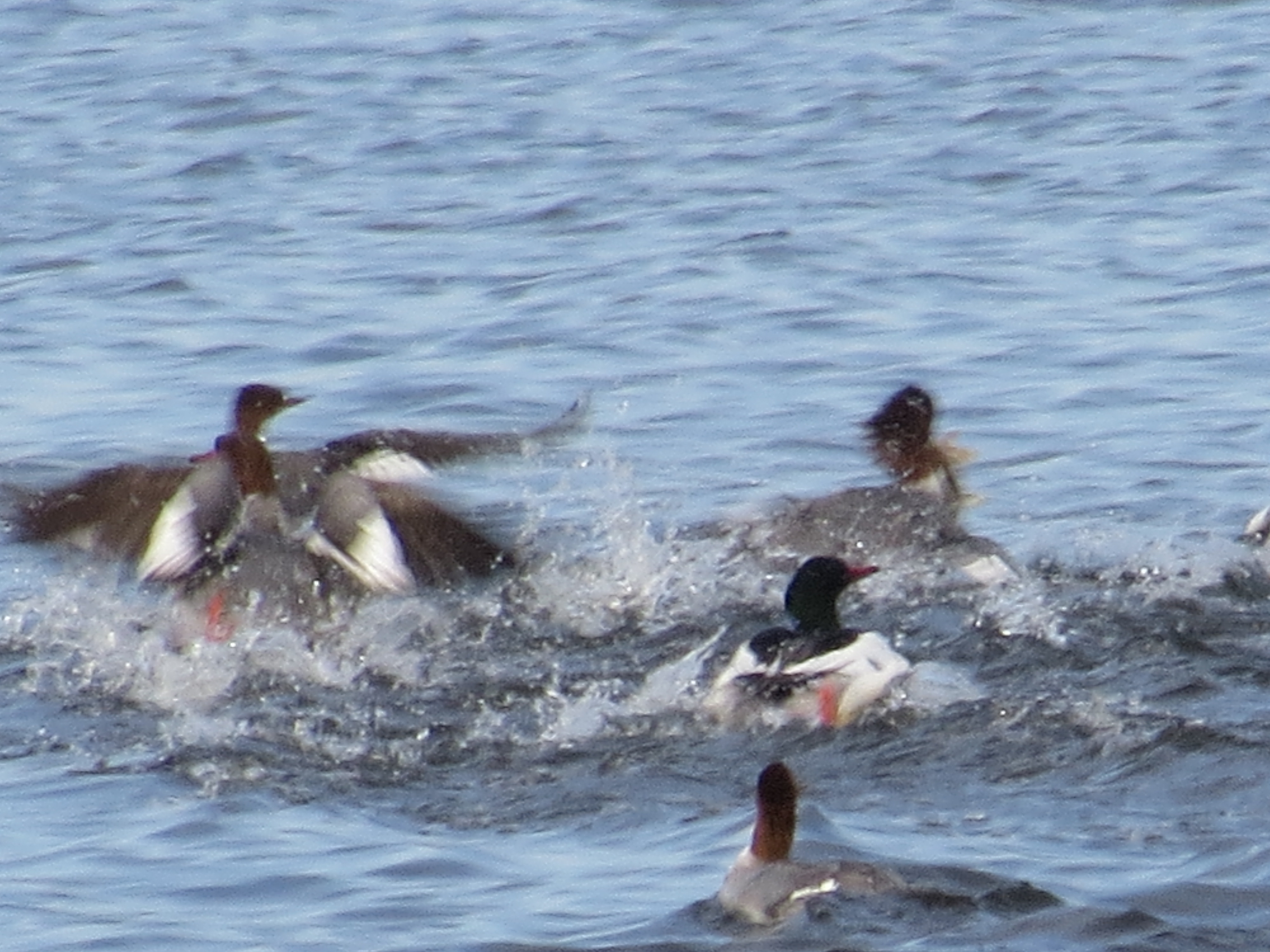

Across the lake we noticed an eagle sitting on a point of land that extended into the water. Through a spotting scope at the observation deck, it looked like he was raiding a nest and eating eggs.
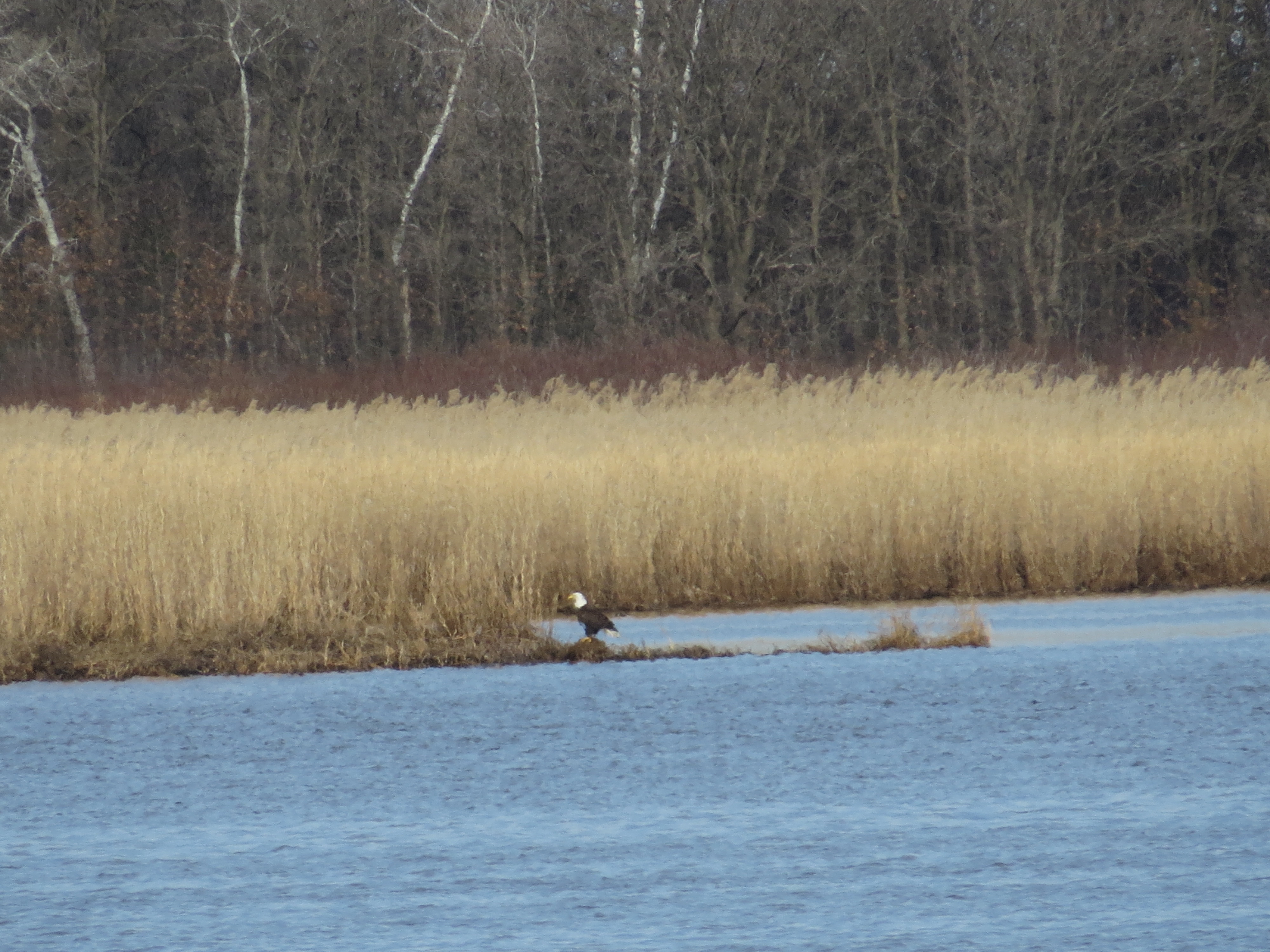
On the return trail, we passed by an eagle’s aerie and saw mother eagle sitting on her expertly engineered nest, panting in the afternoon heat.
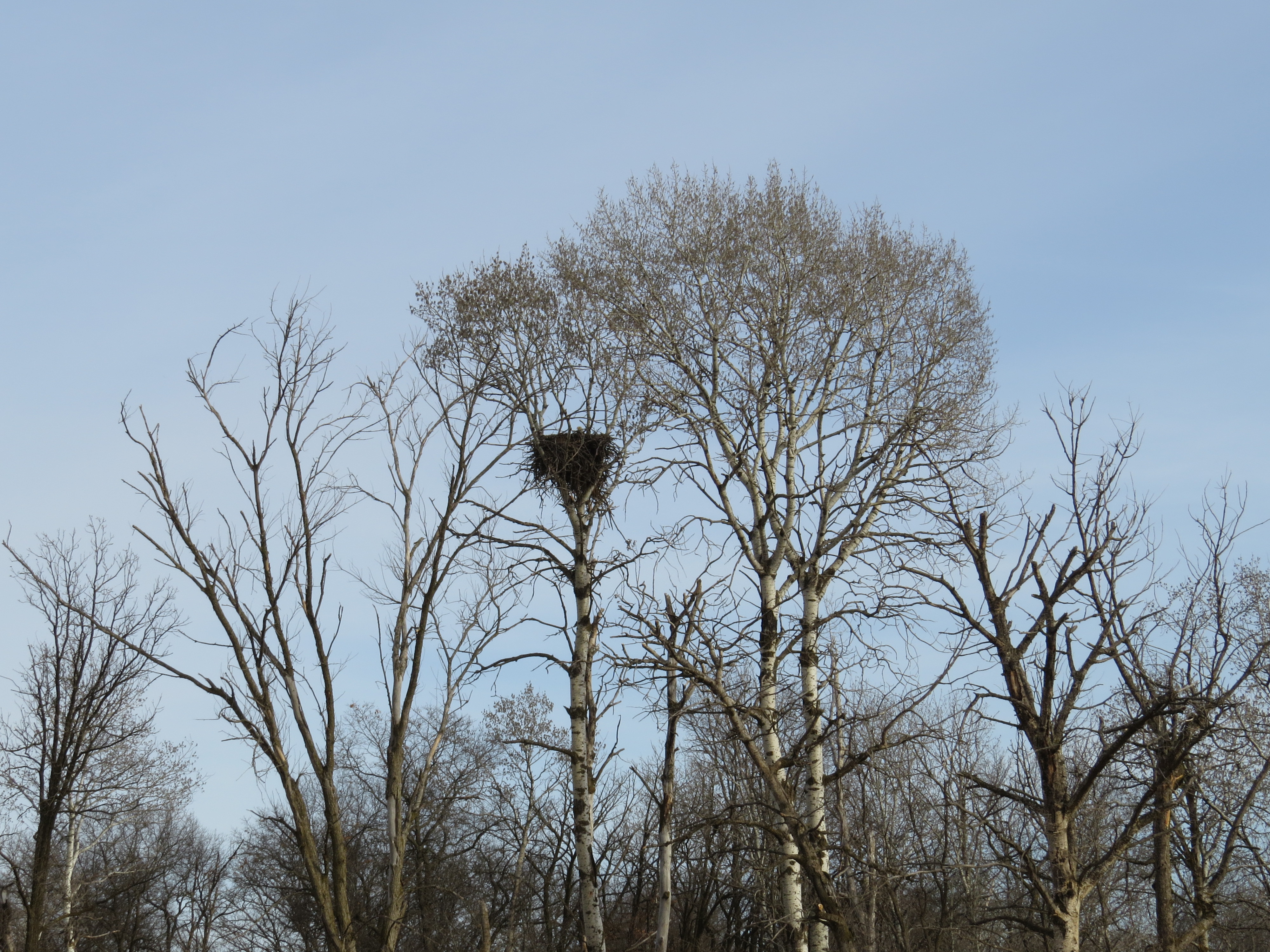
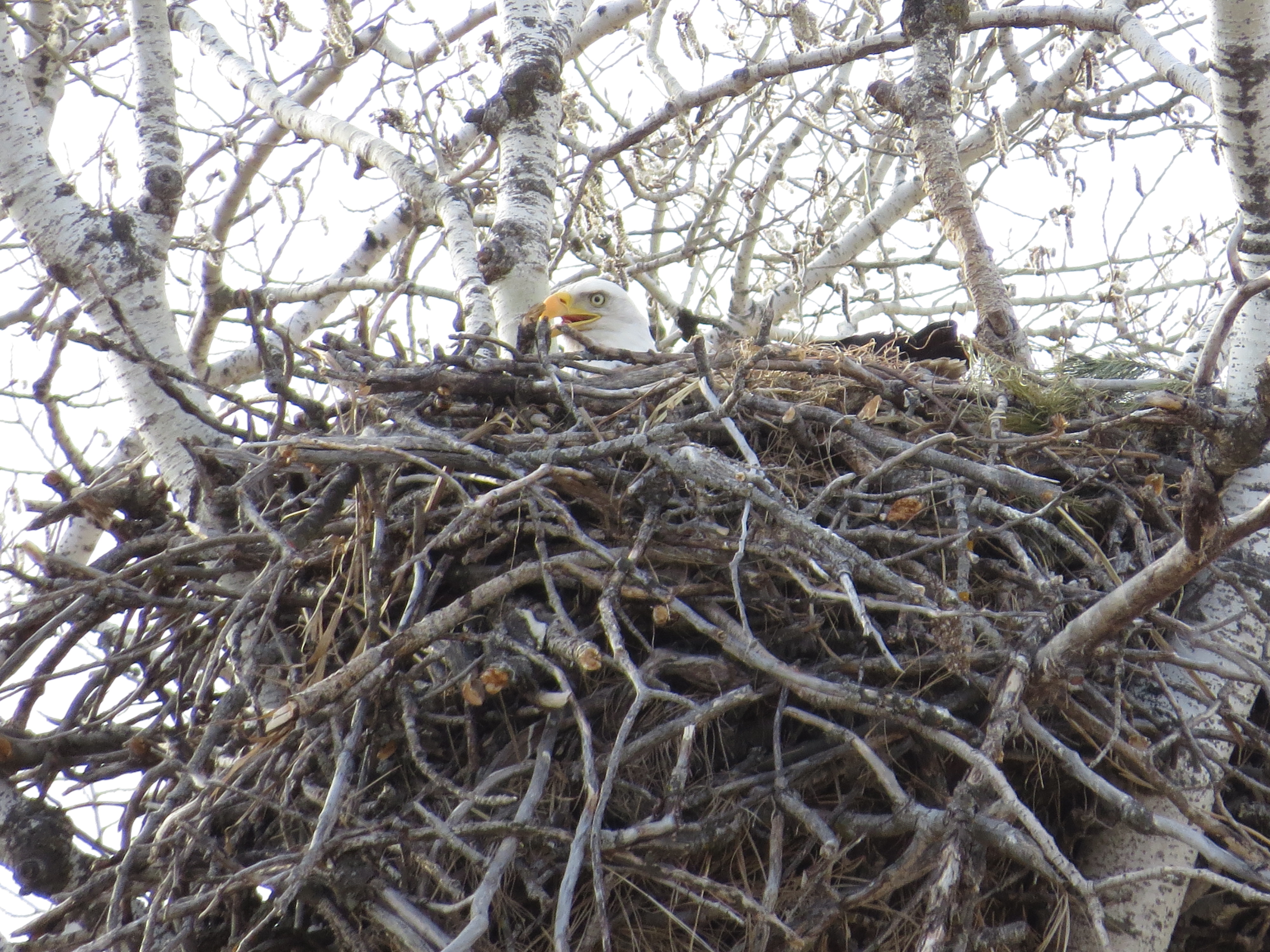
I think it’s common for us to believe that something happens at the ‘wrong time.’ We even use it as an apology and ‘out’ for doing something—usually by saying “It’s not the right time for me to do this.” Valid truth-telling in the choices we make. But what about the events that are beyond our control? I have waxed and waned about the ‘wrong timing’ of some events in my life—job searching and recessions, health issues and the fall-out, moves and their impact. Valid truth-telling deemed an excuse? Are the ‘wrong timings’ in our lives a nest full of potential or is it debris? Even if it’s a nest full of potential, a predator at the top of the food chain can destroy those possibilities with a swift stroke of power. And when we try to do the right thing to preserve and maintain the ‘prairie,’ things can go wrong and more harm is done—collateral damage is real and abruptly life-changing. Stark, empty sorrow. But there is a difference between burning it down inadvertently and burning it down on purpose. The arsonists of society are too often at the top of the food chain and slip through the cracks of accountability. Was it the ‘wrong’ time for us to go to Crane Meadows? We didn’t see migrating birds or fluttering sweeps of golden Aspen leaves or blooming prairie wildflowers, but we did see the very real and authentic reality of the transition time between seasons. It wasn’t ‘pretty’ or ‘exciting,’ but it was real—like every one of our lives. Scorched trees and dreams. Bland landscapes and routines. Empty wetlands and pockets—or hearts. New saplings and plans. Life-giving water and compassion. Building nests and resilience. A refuge for them and for us. We will return to this place at another time, another season.
